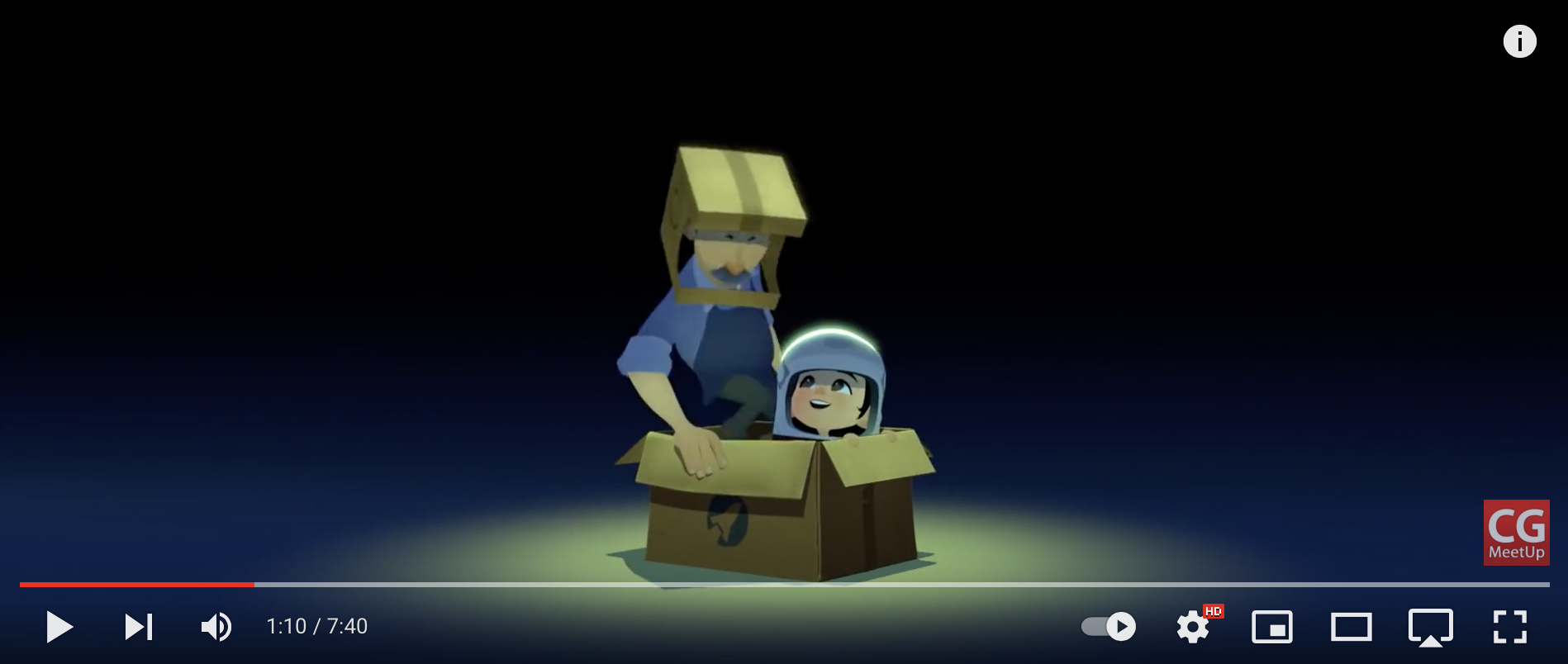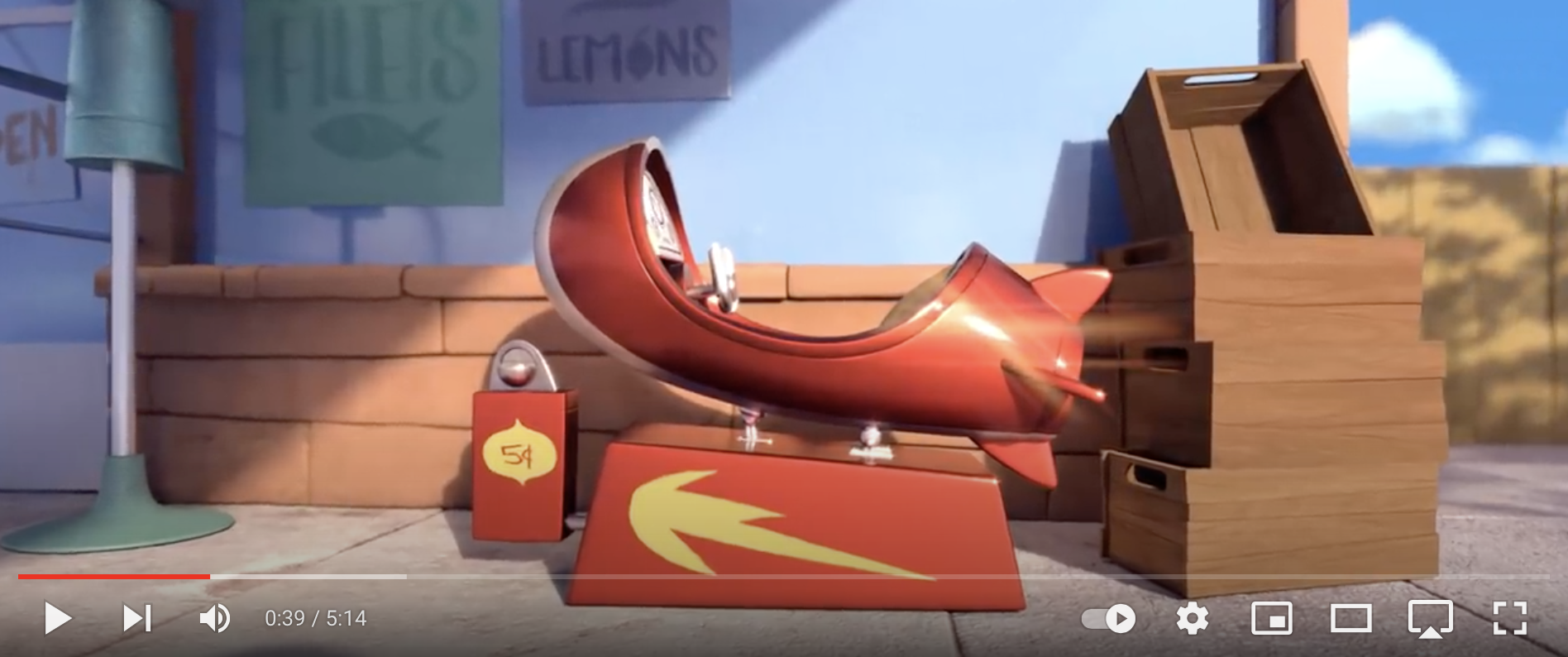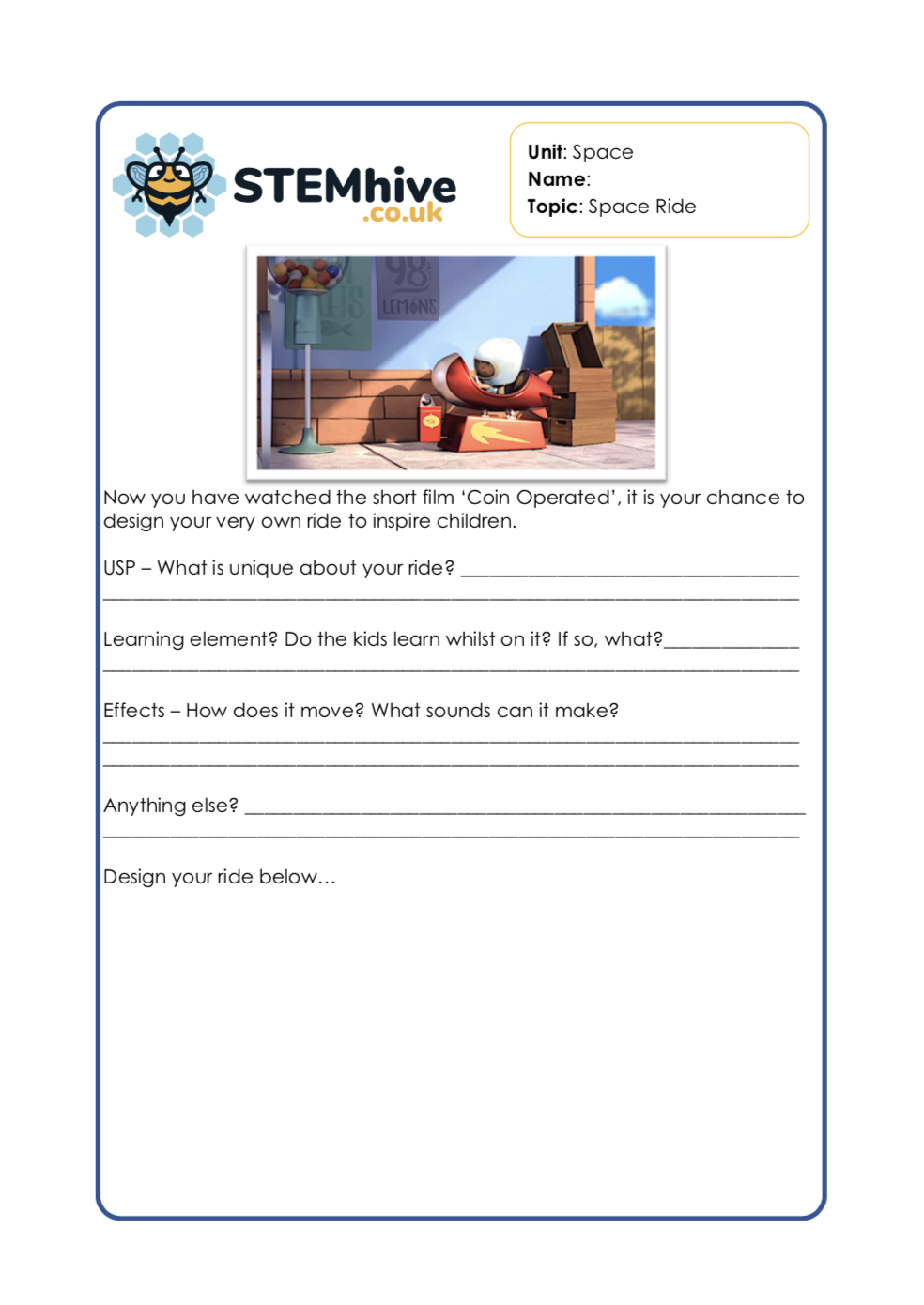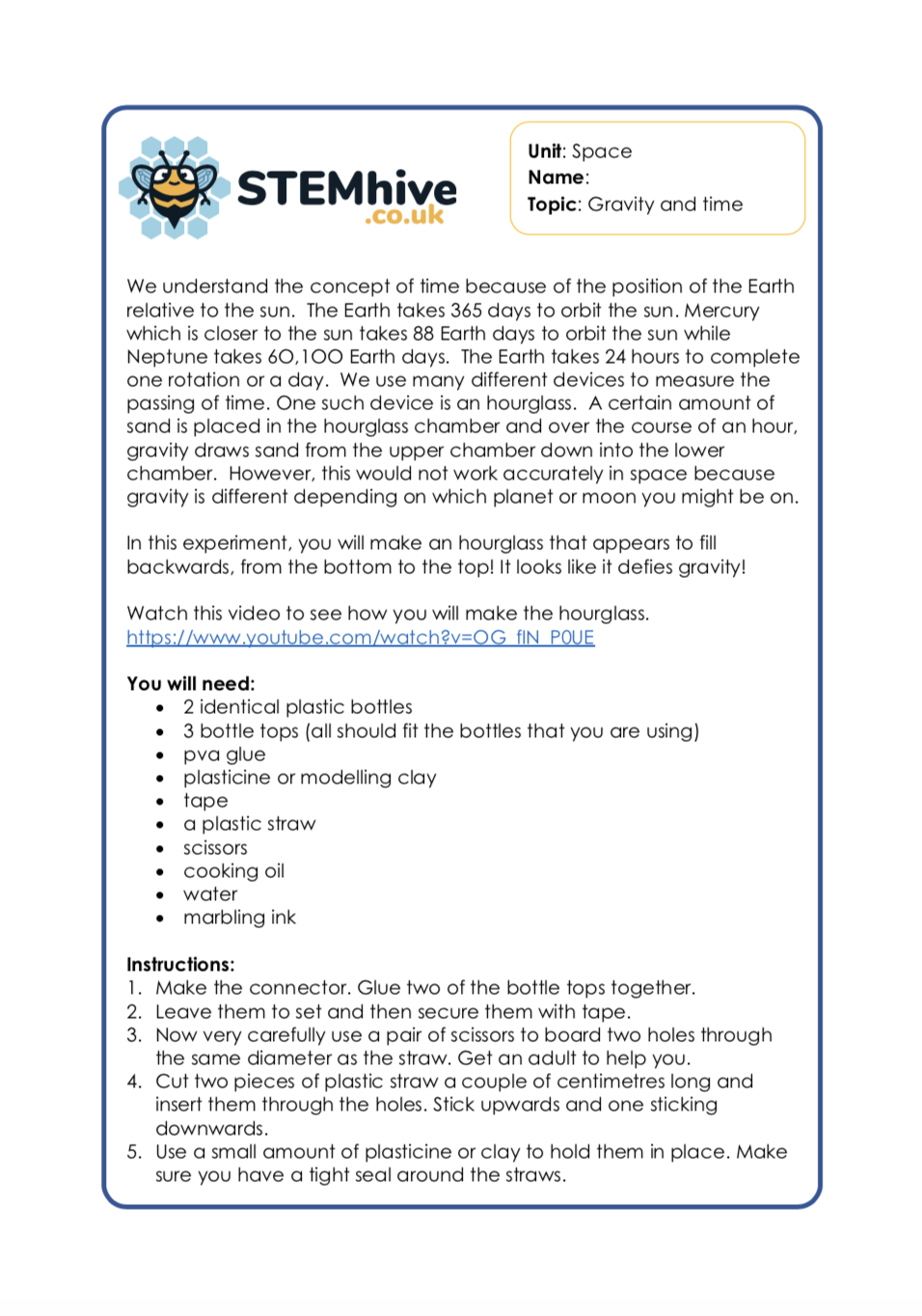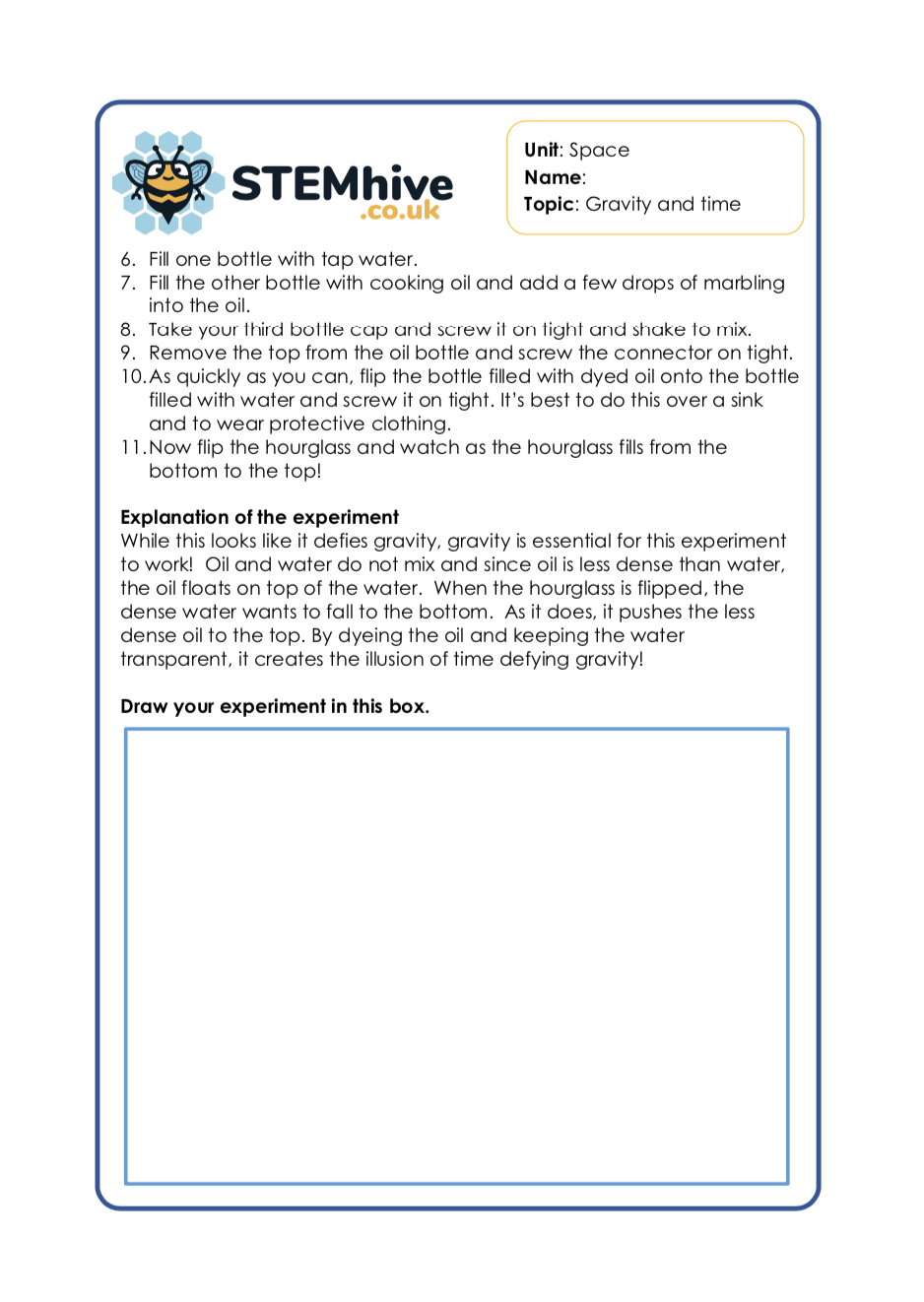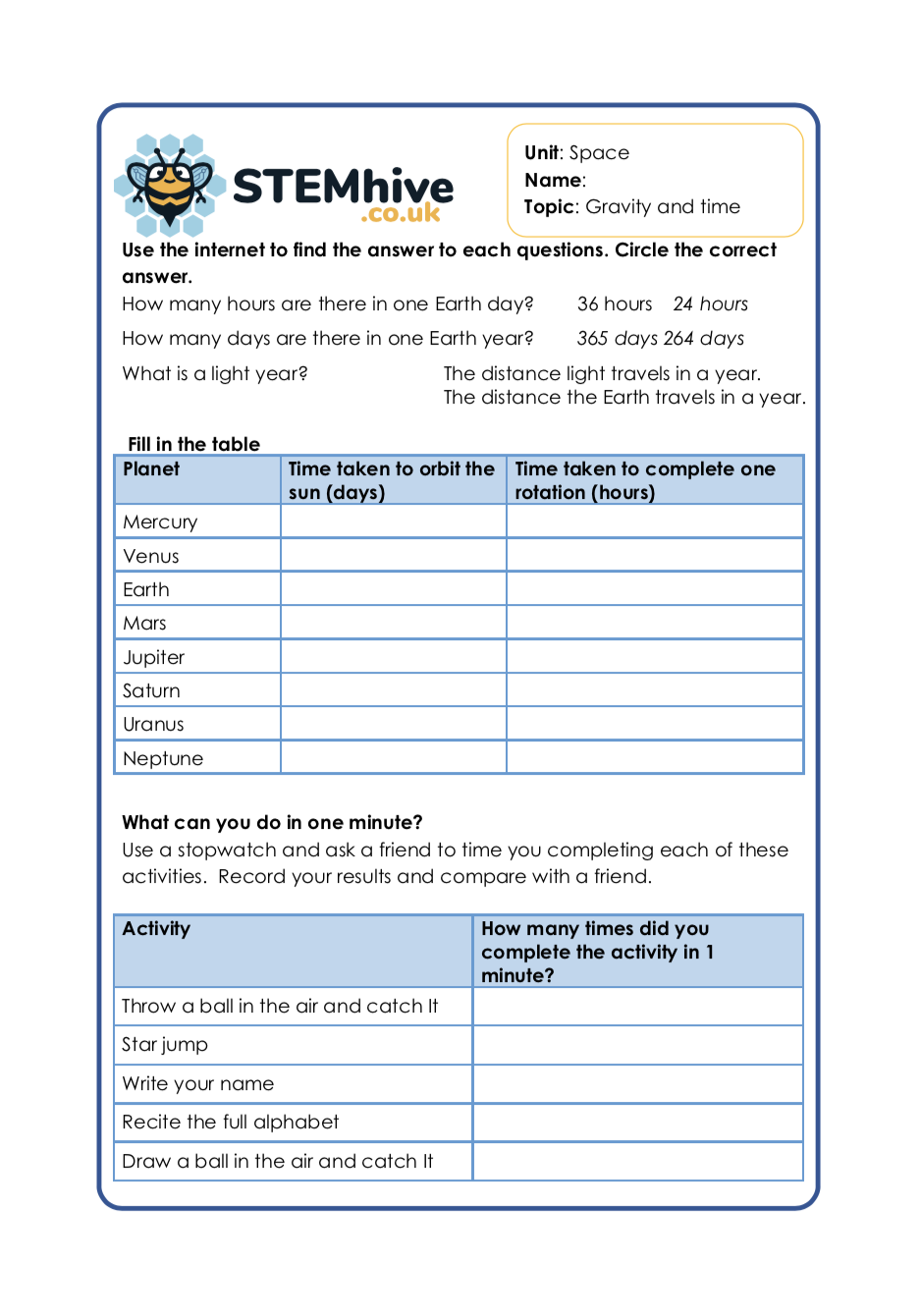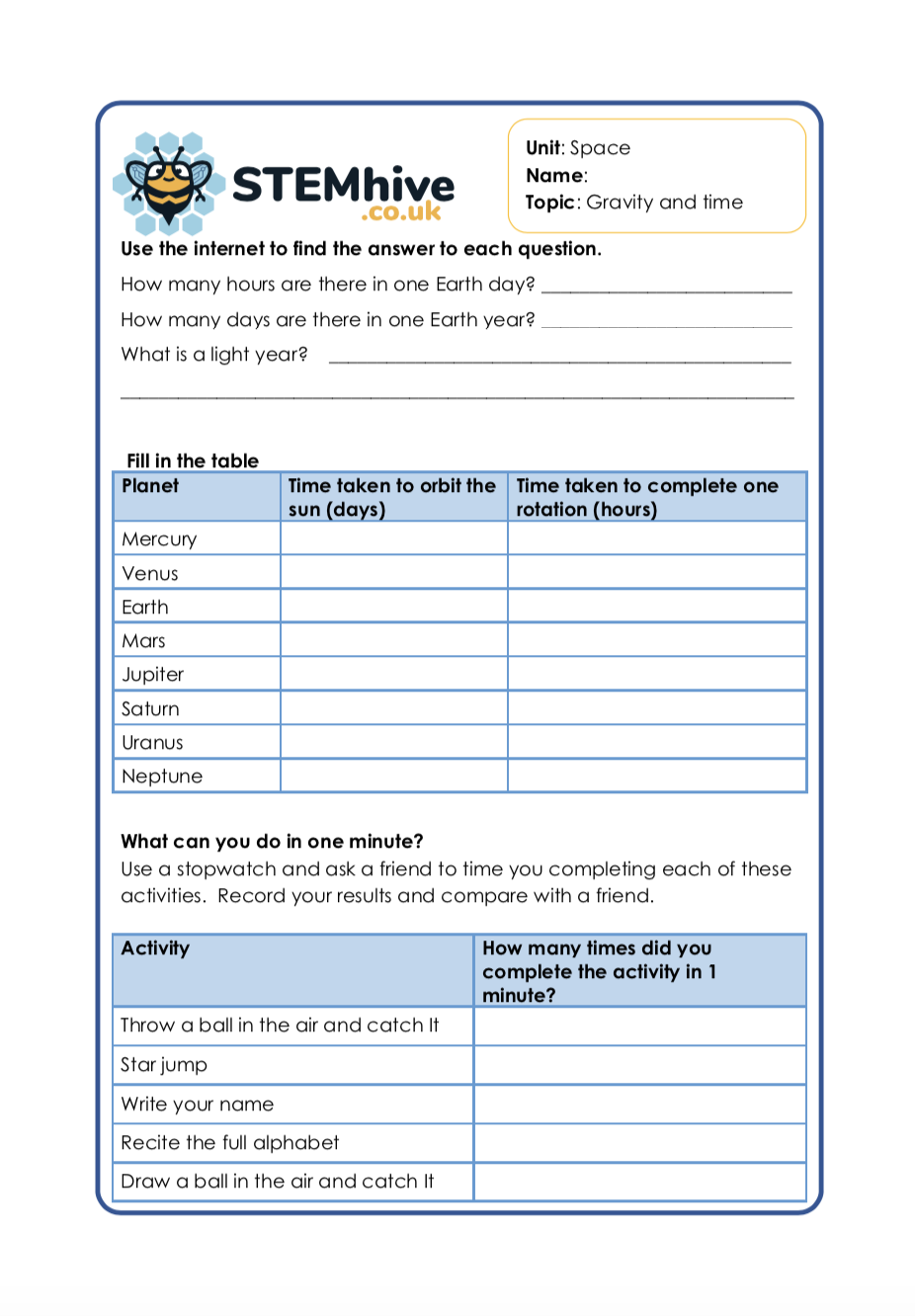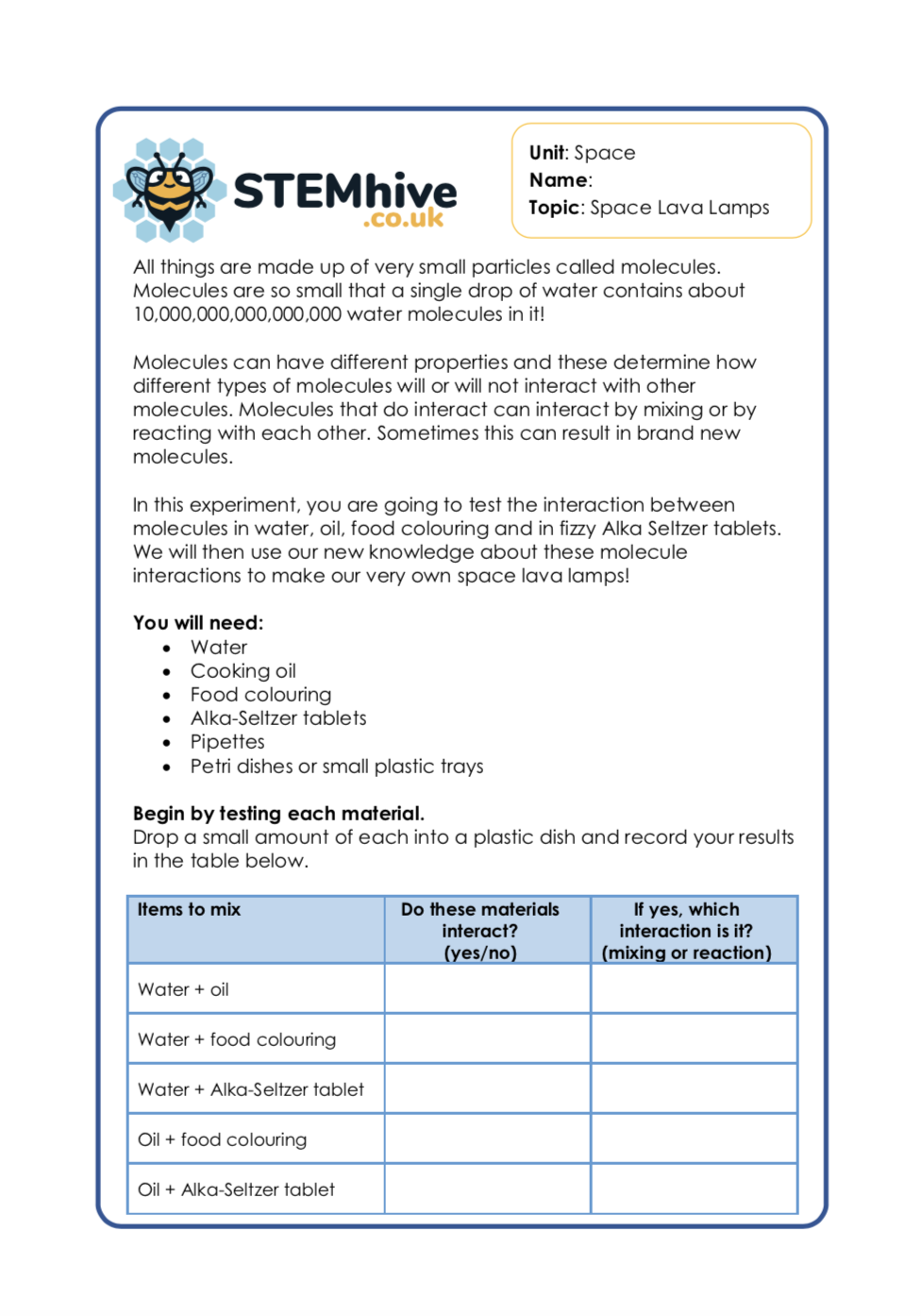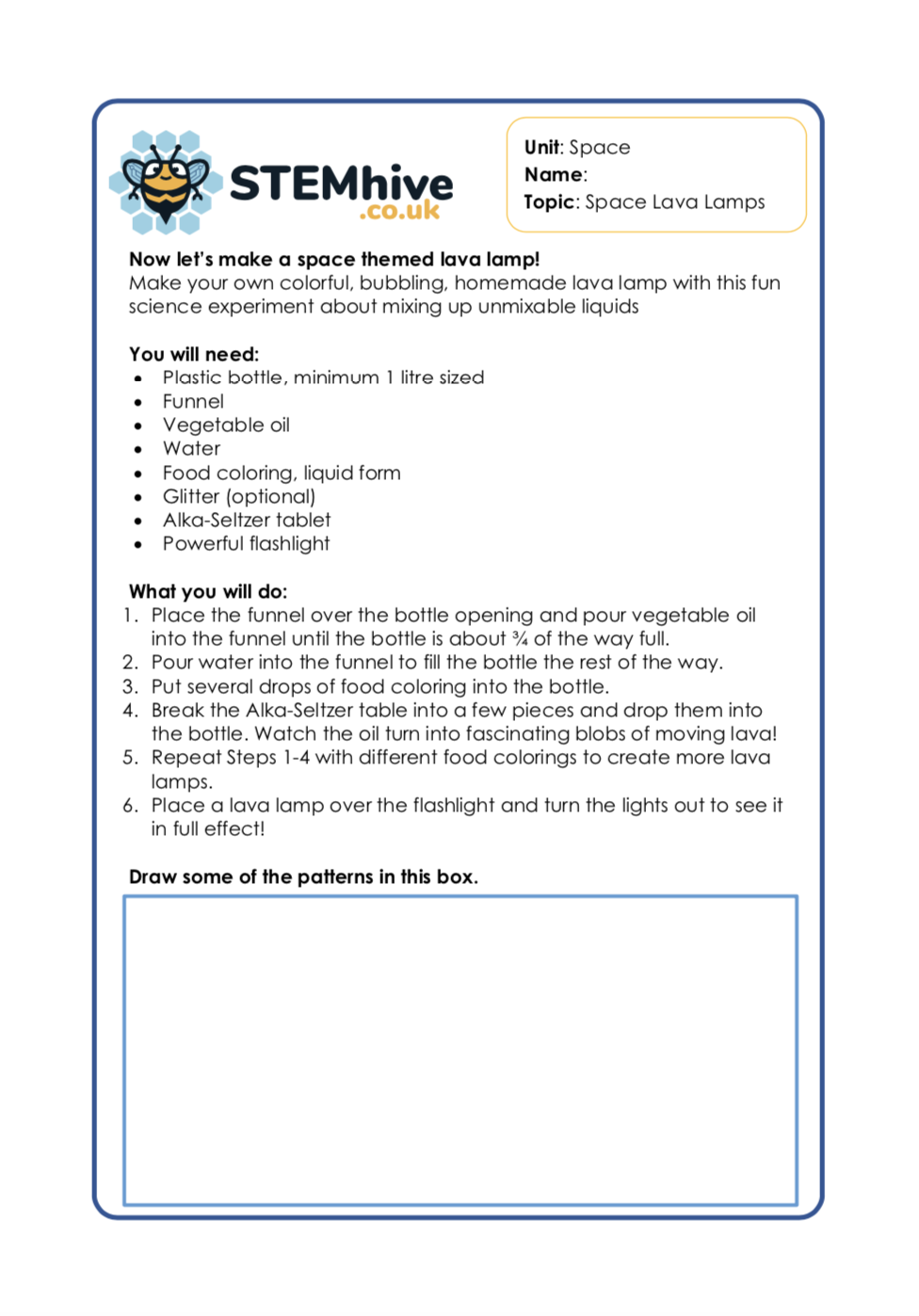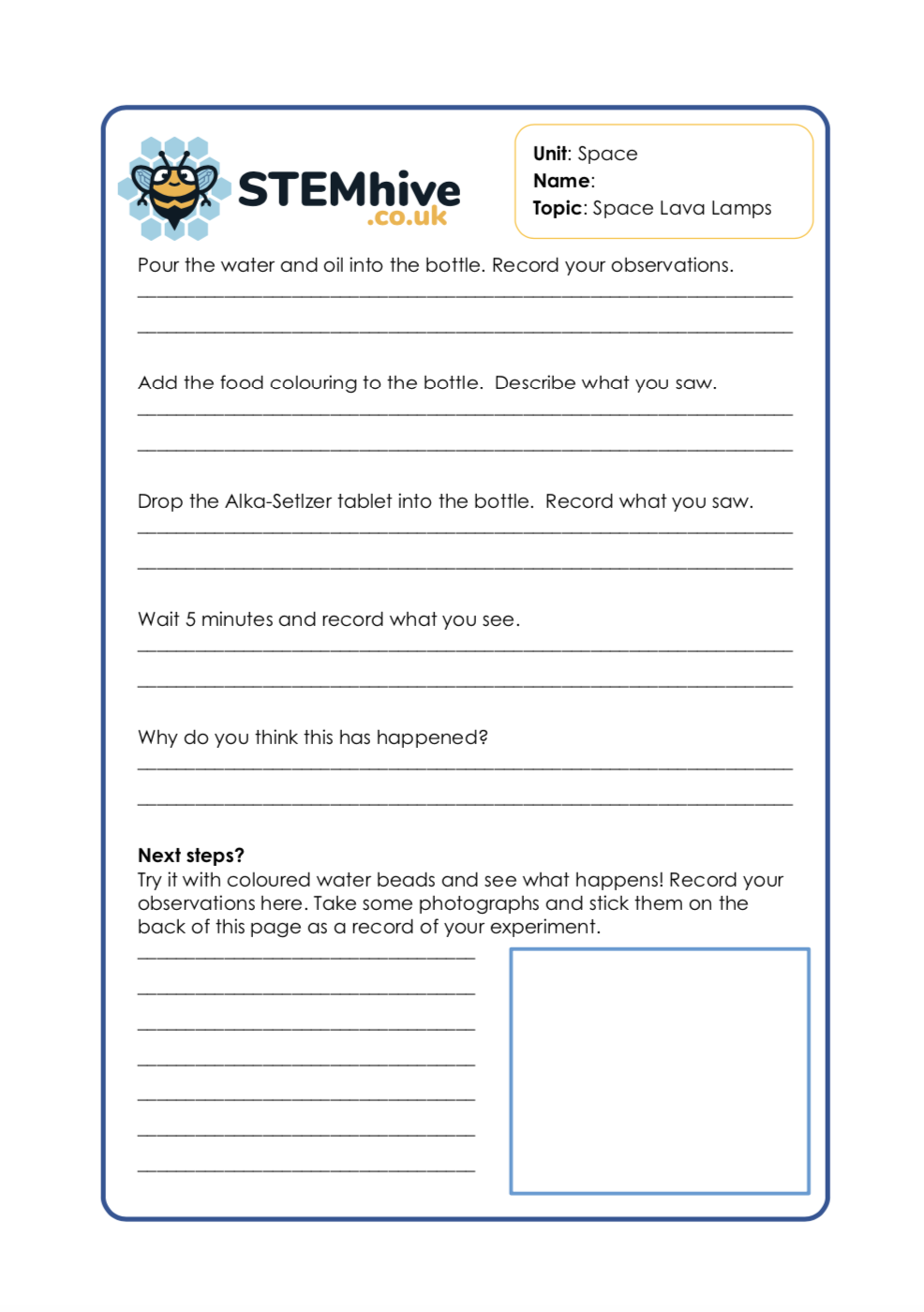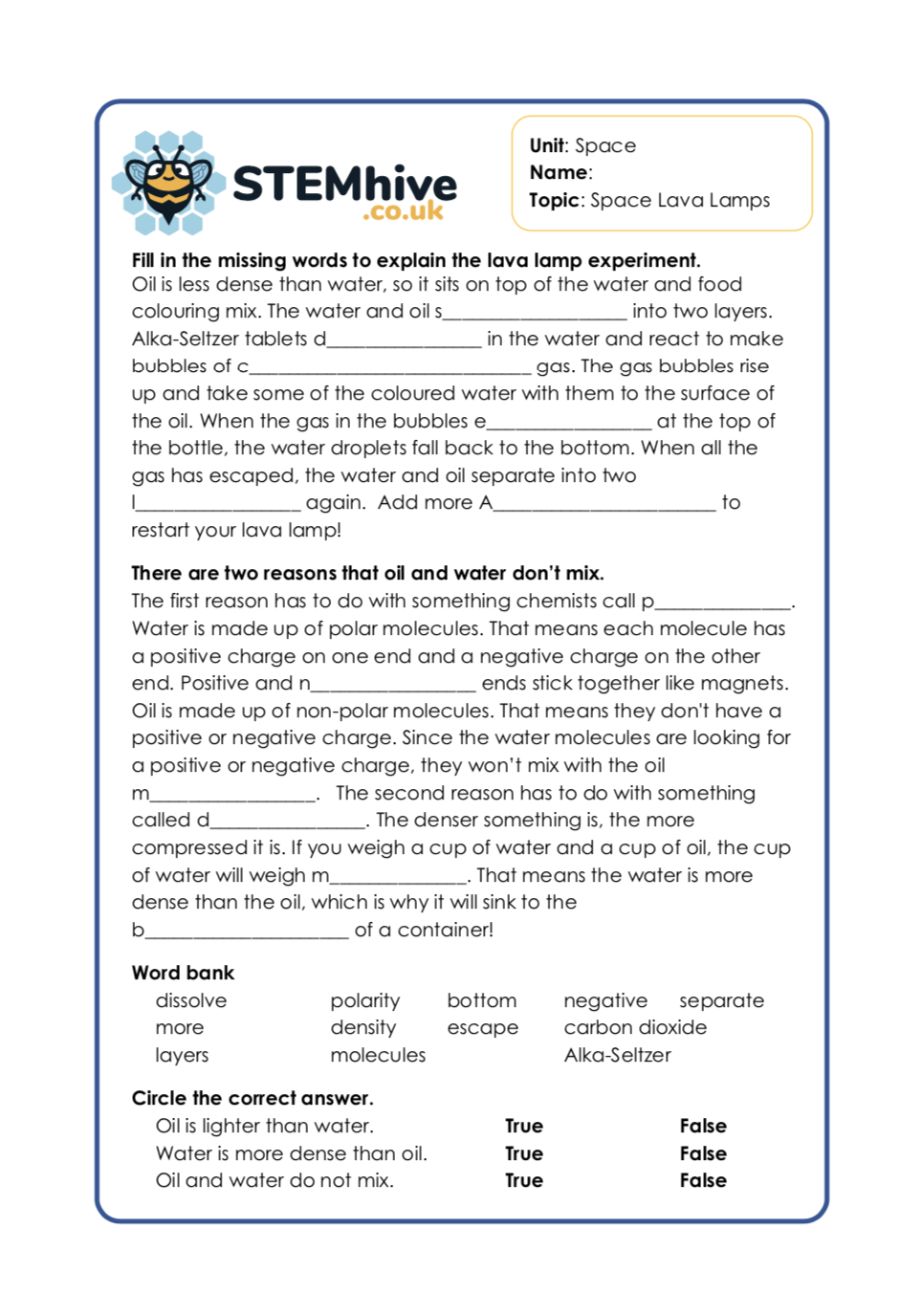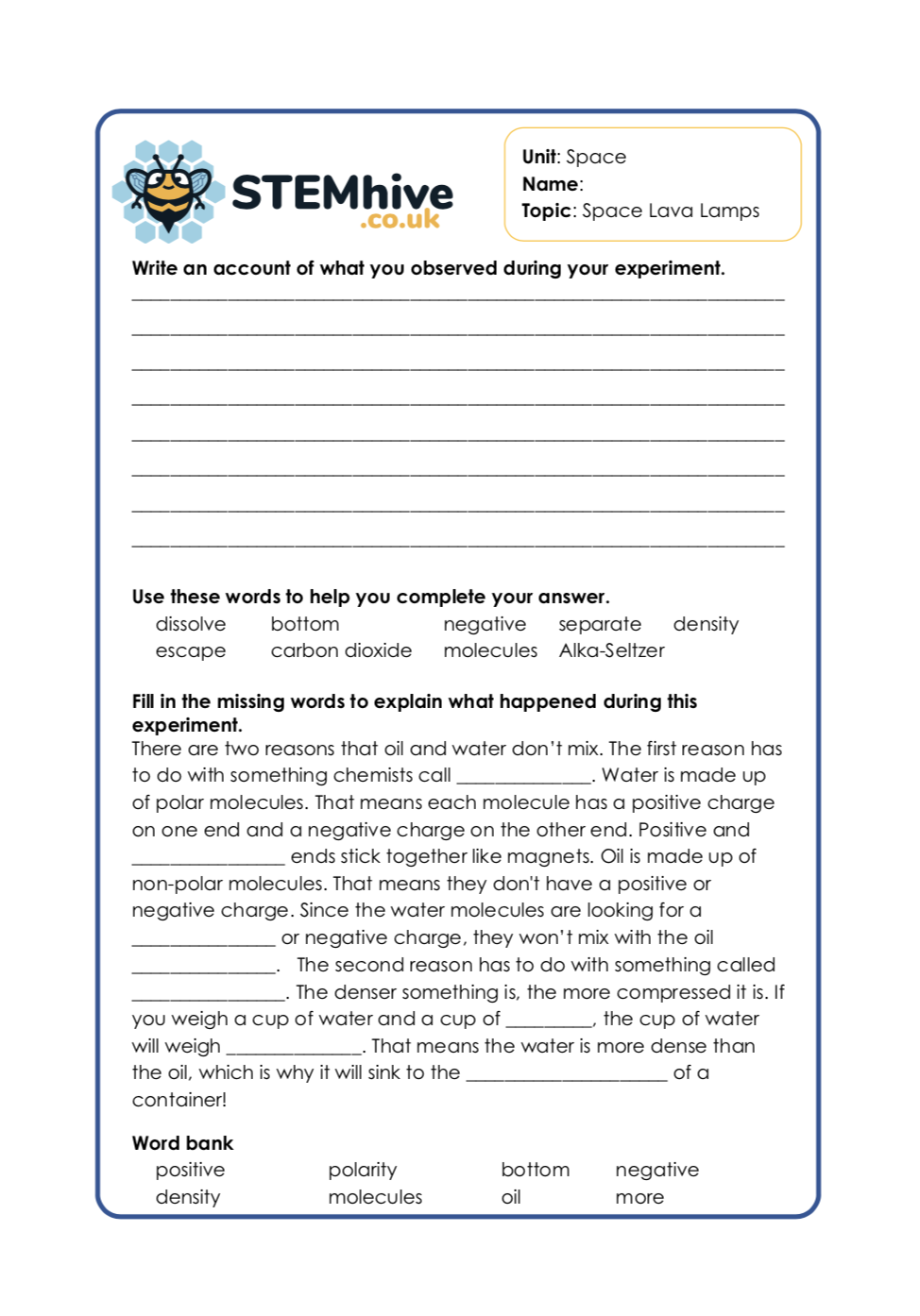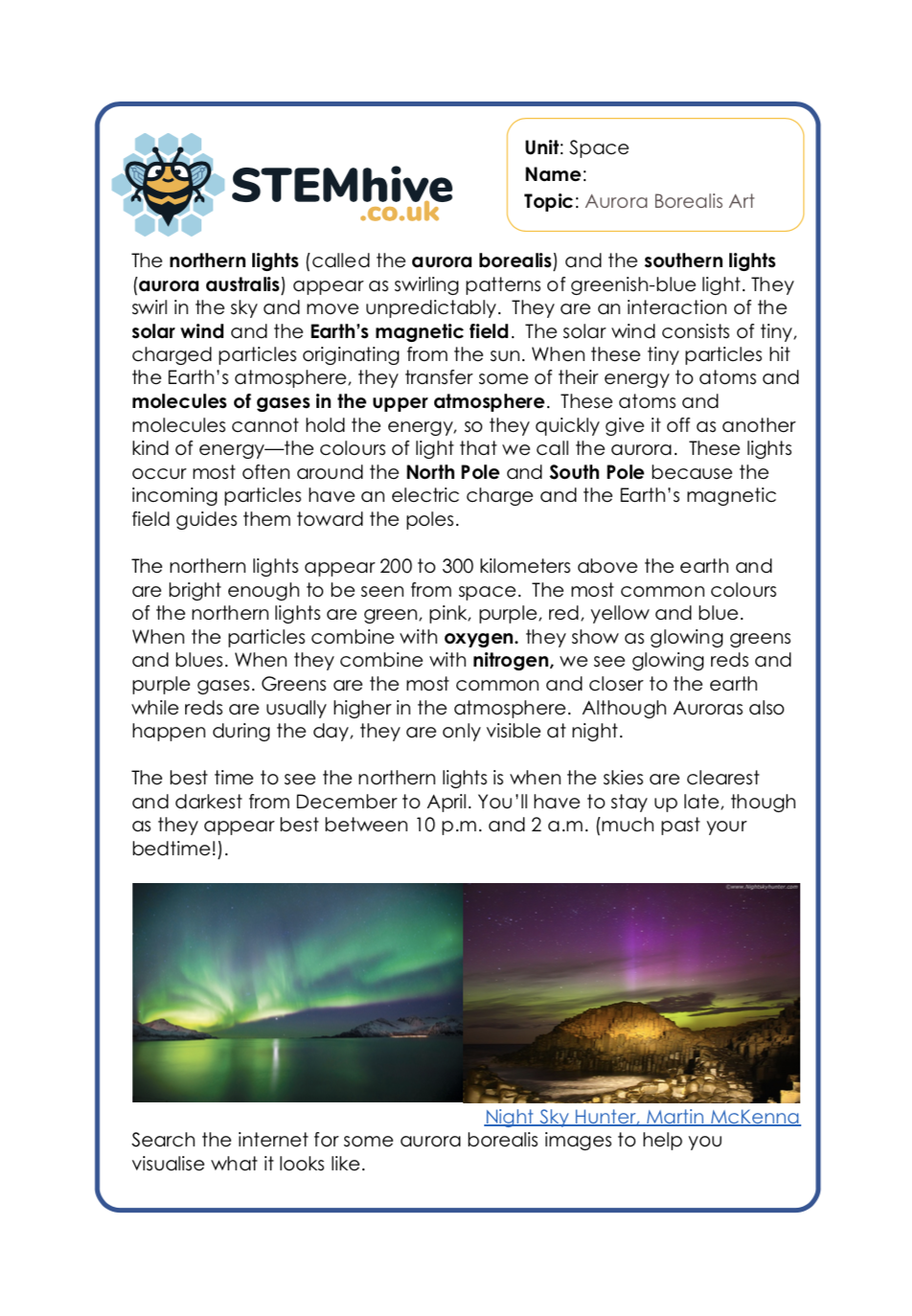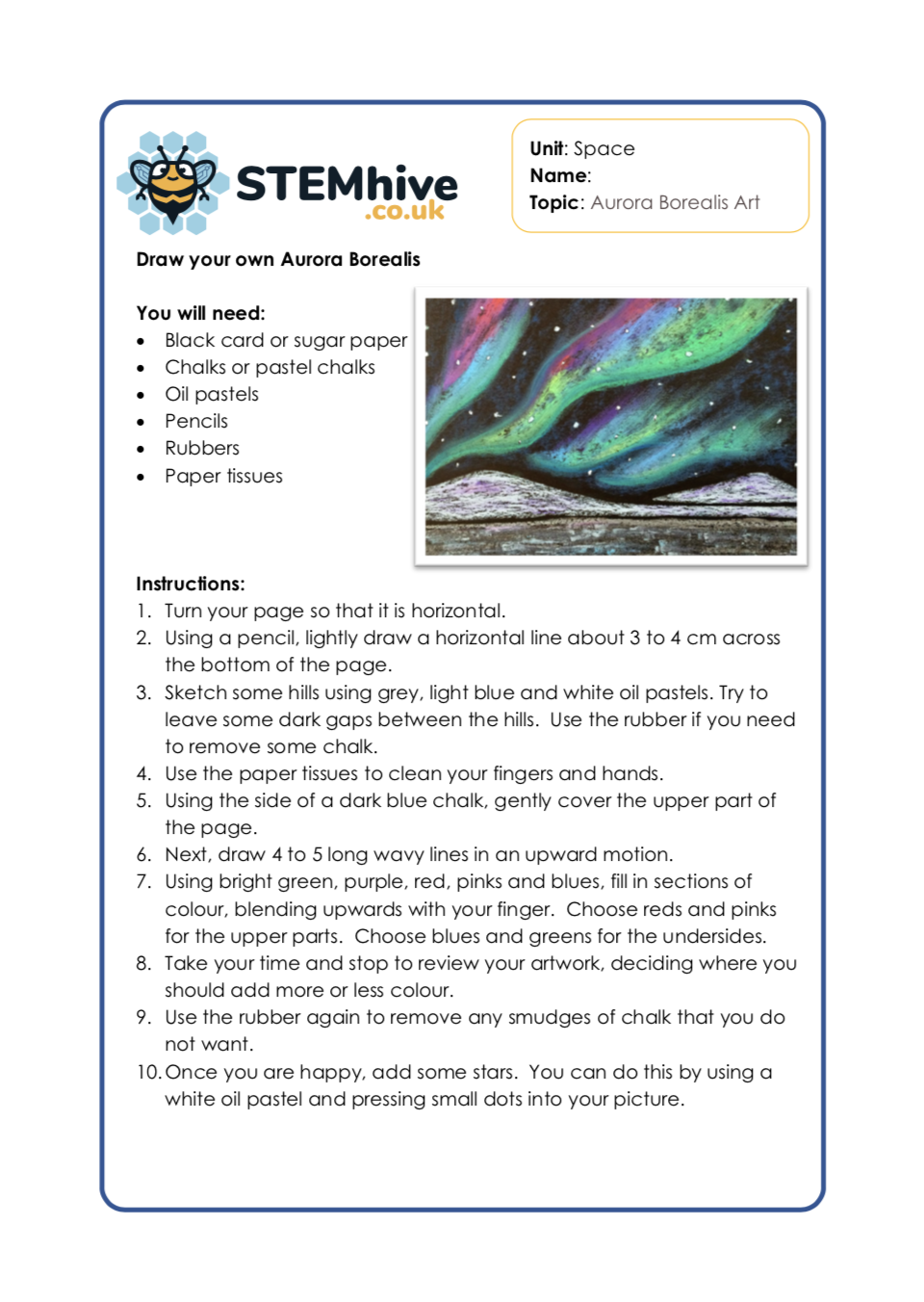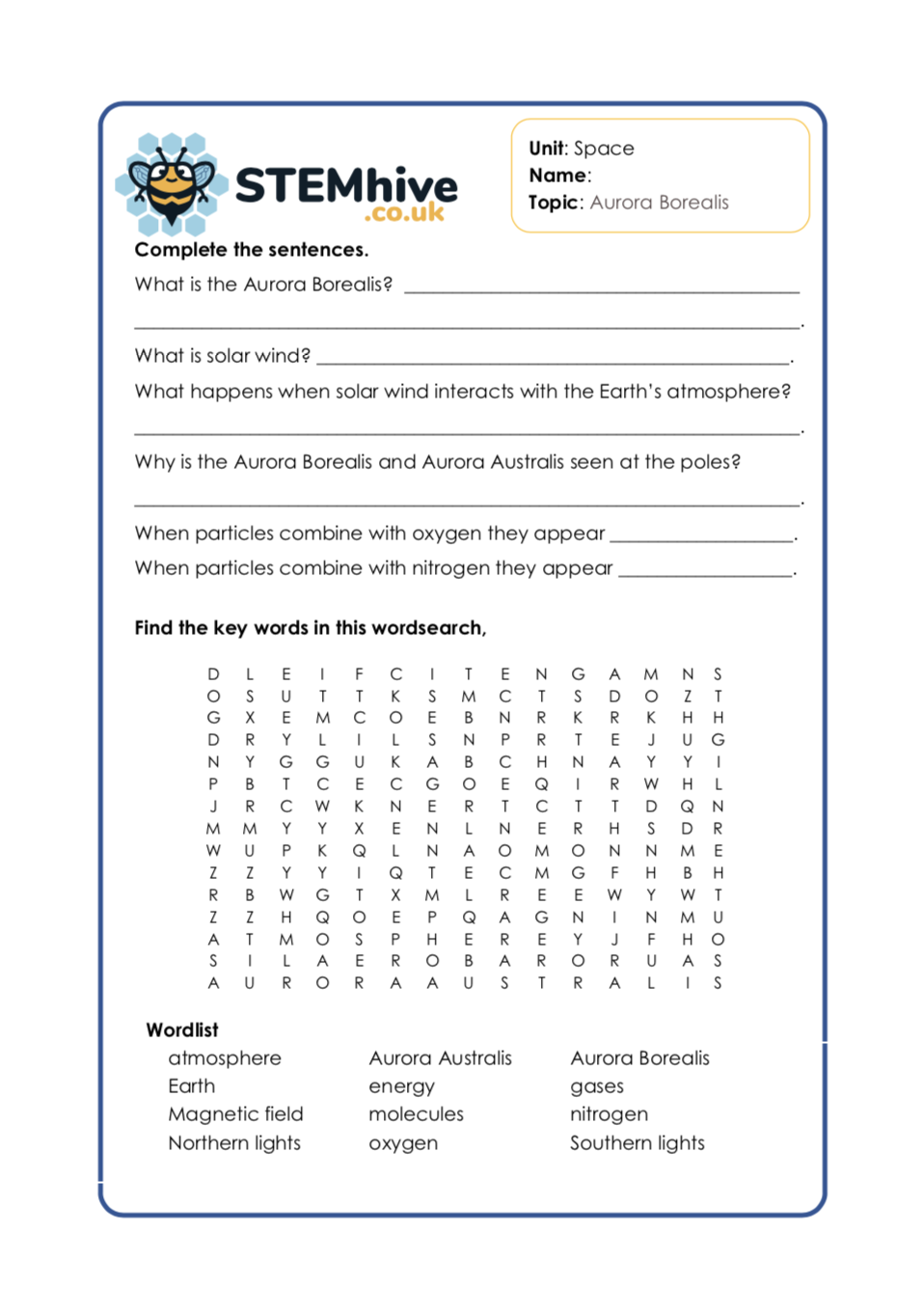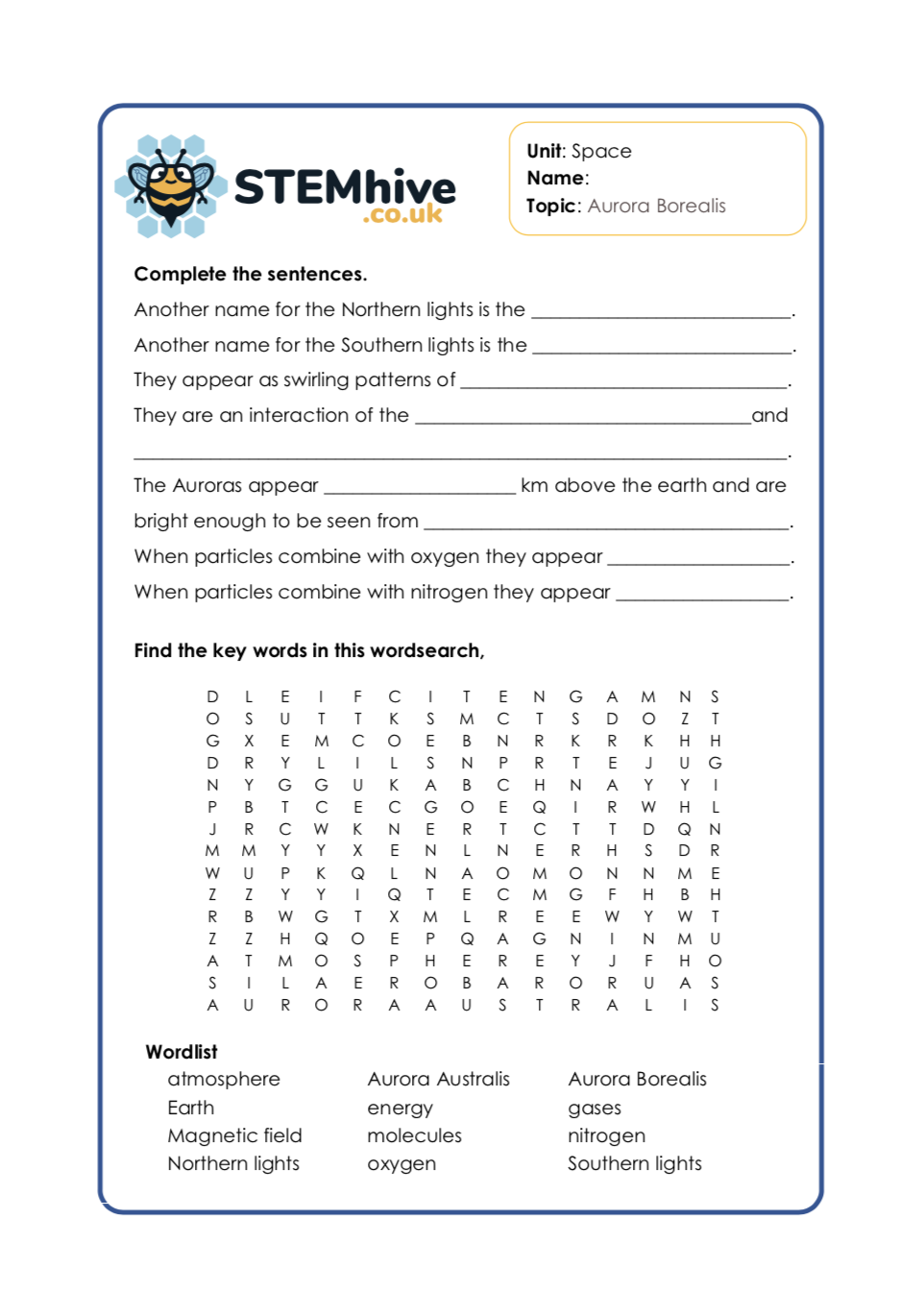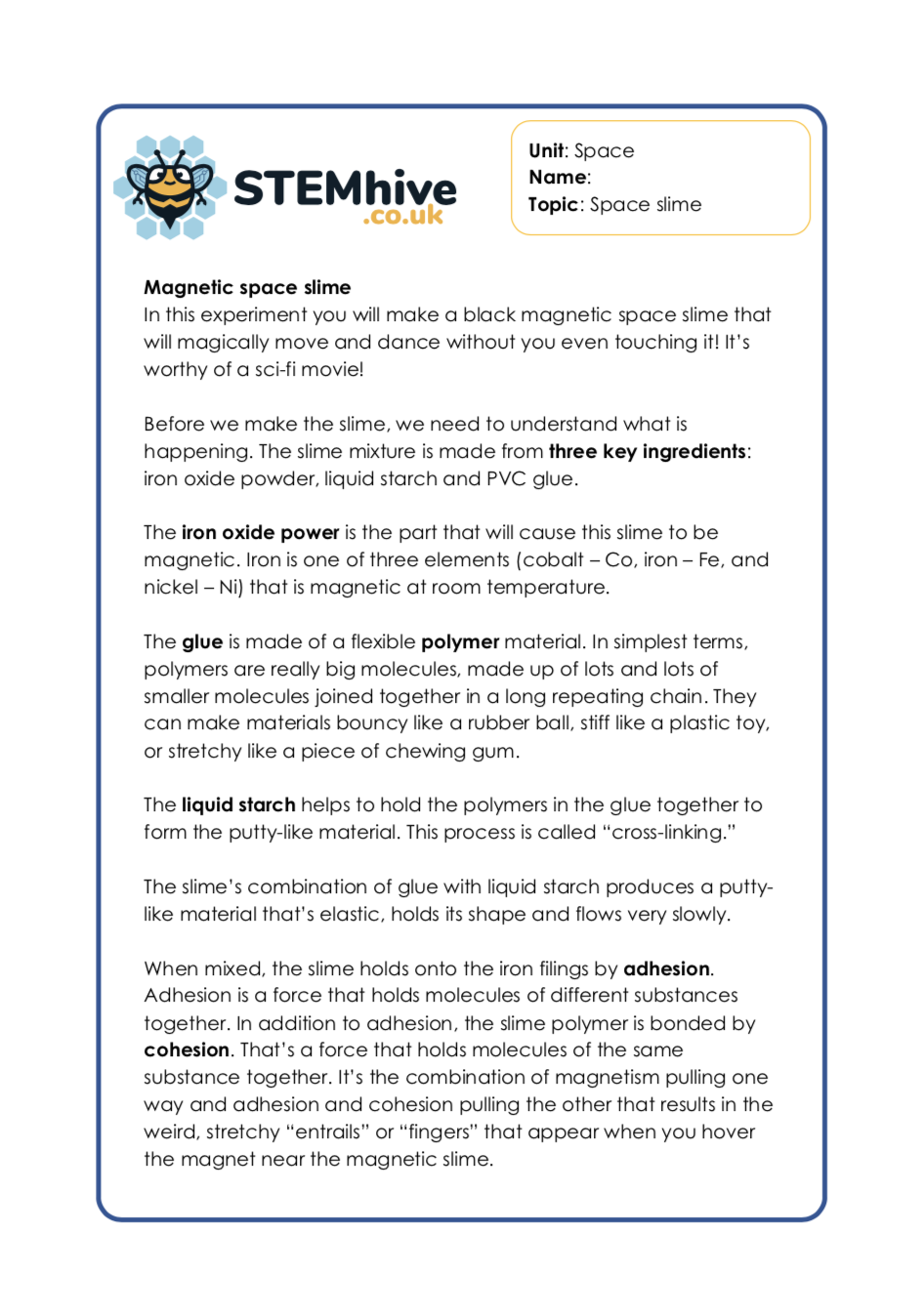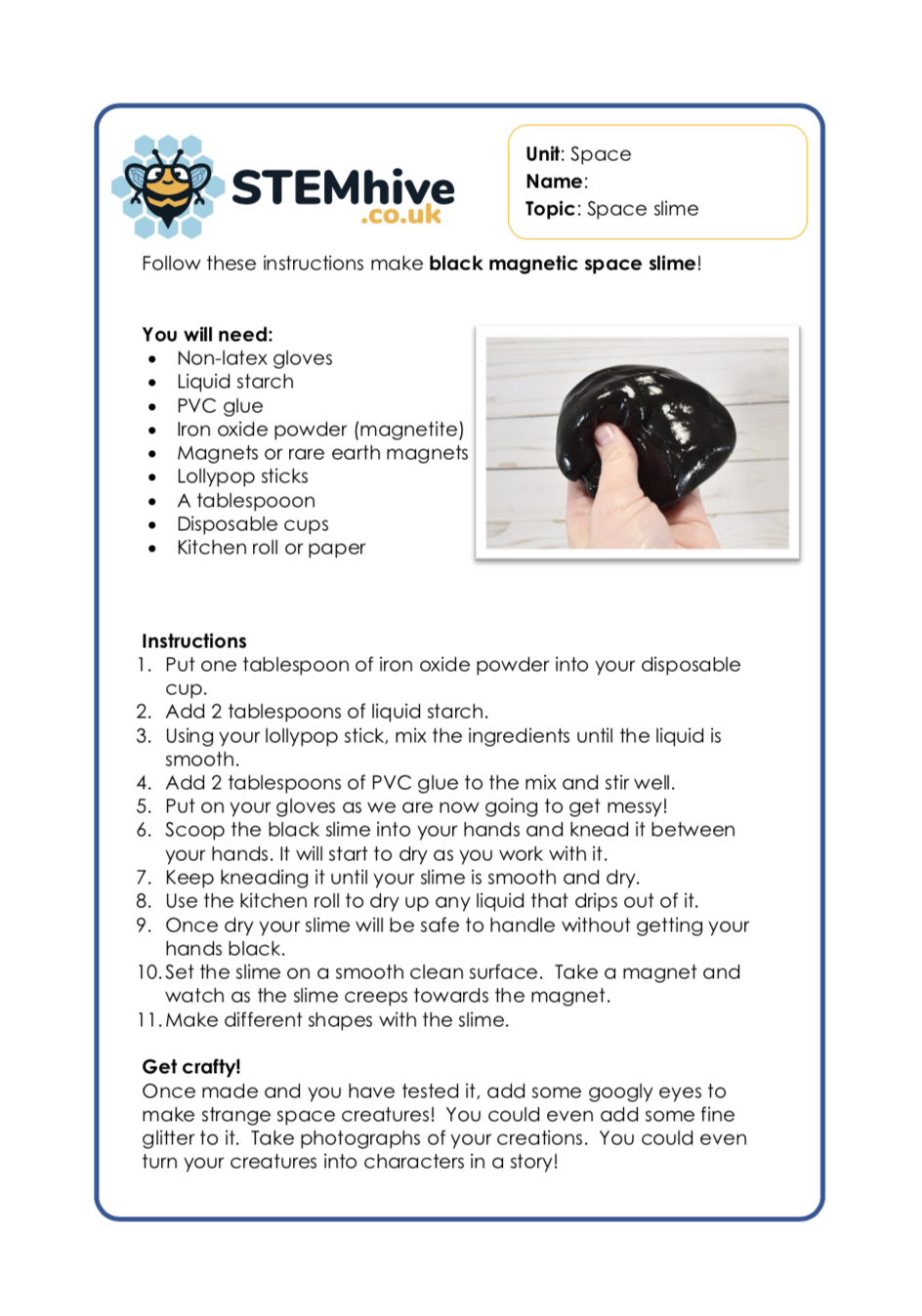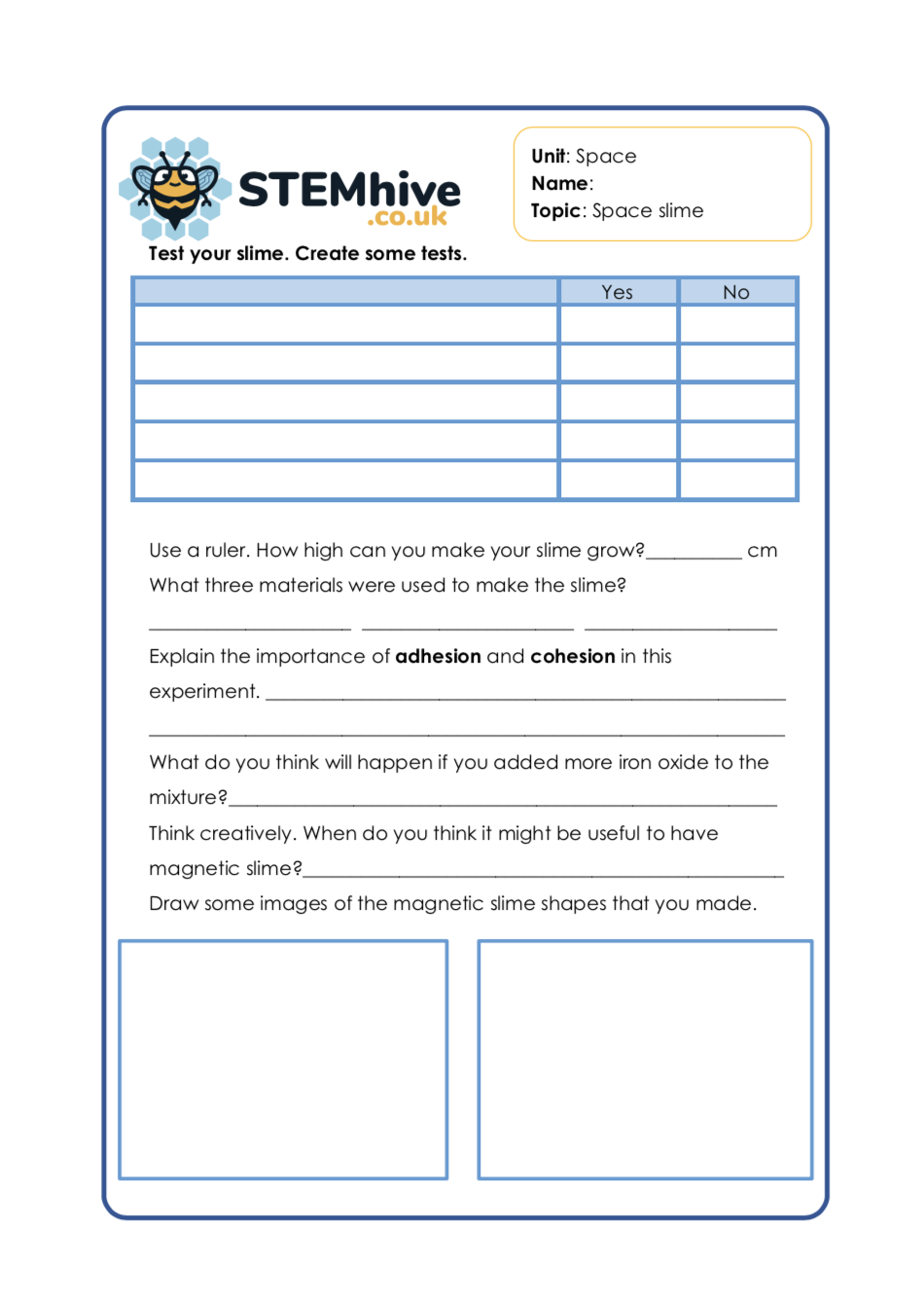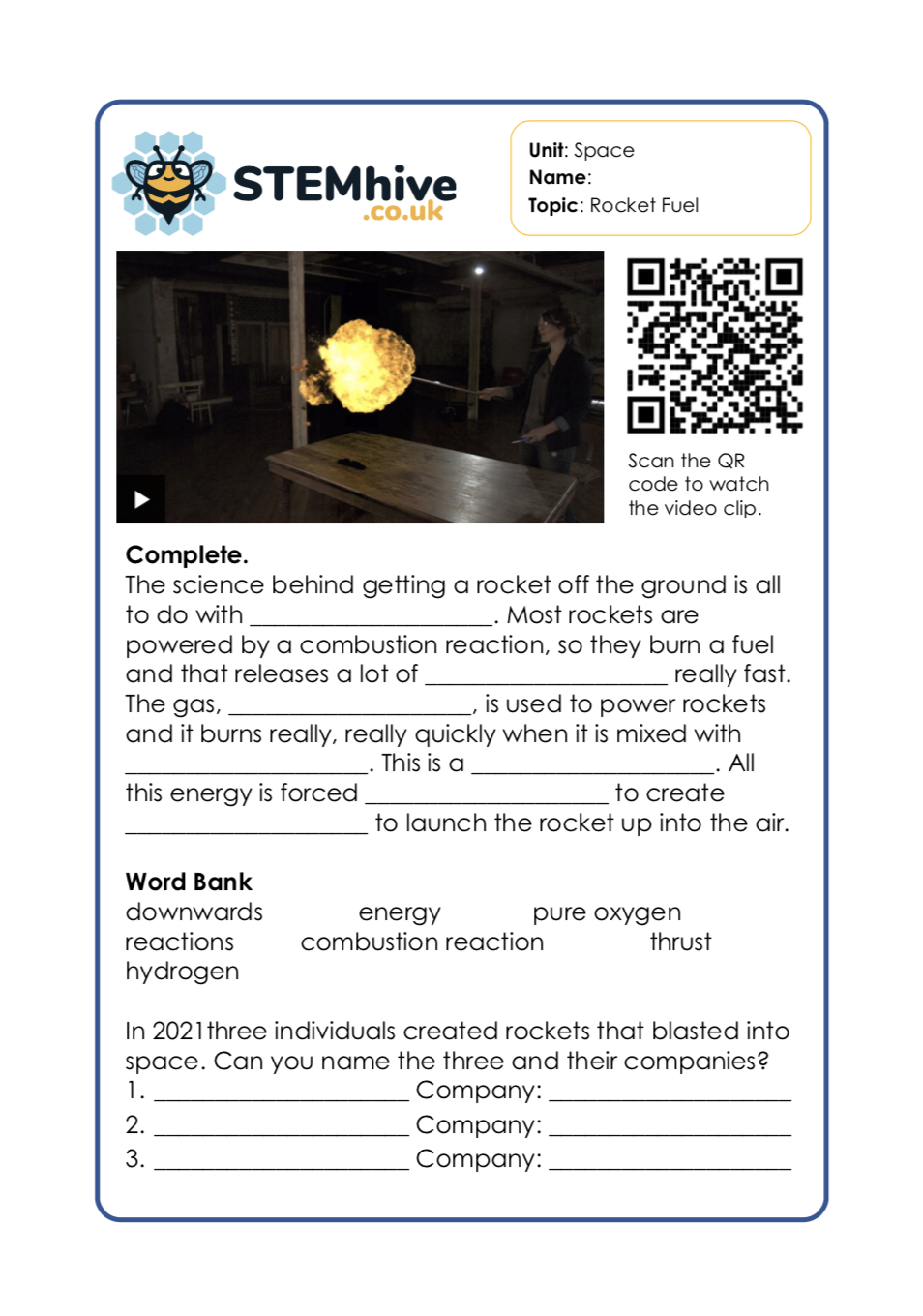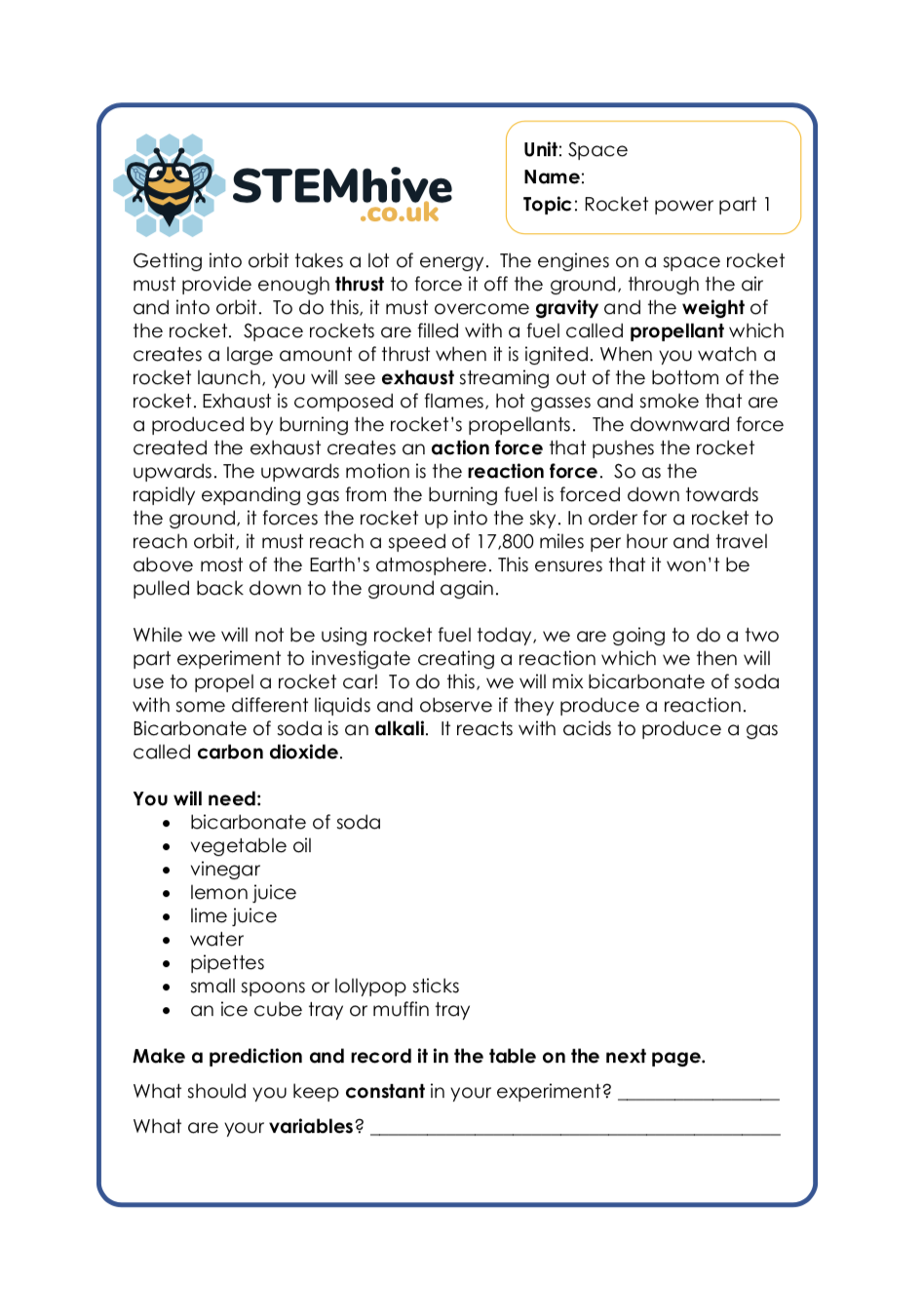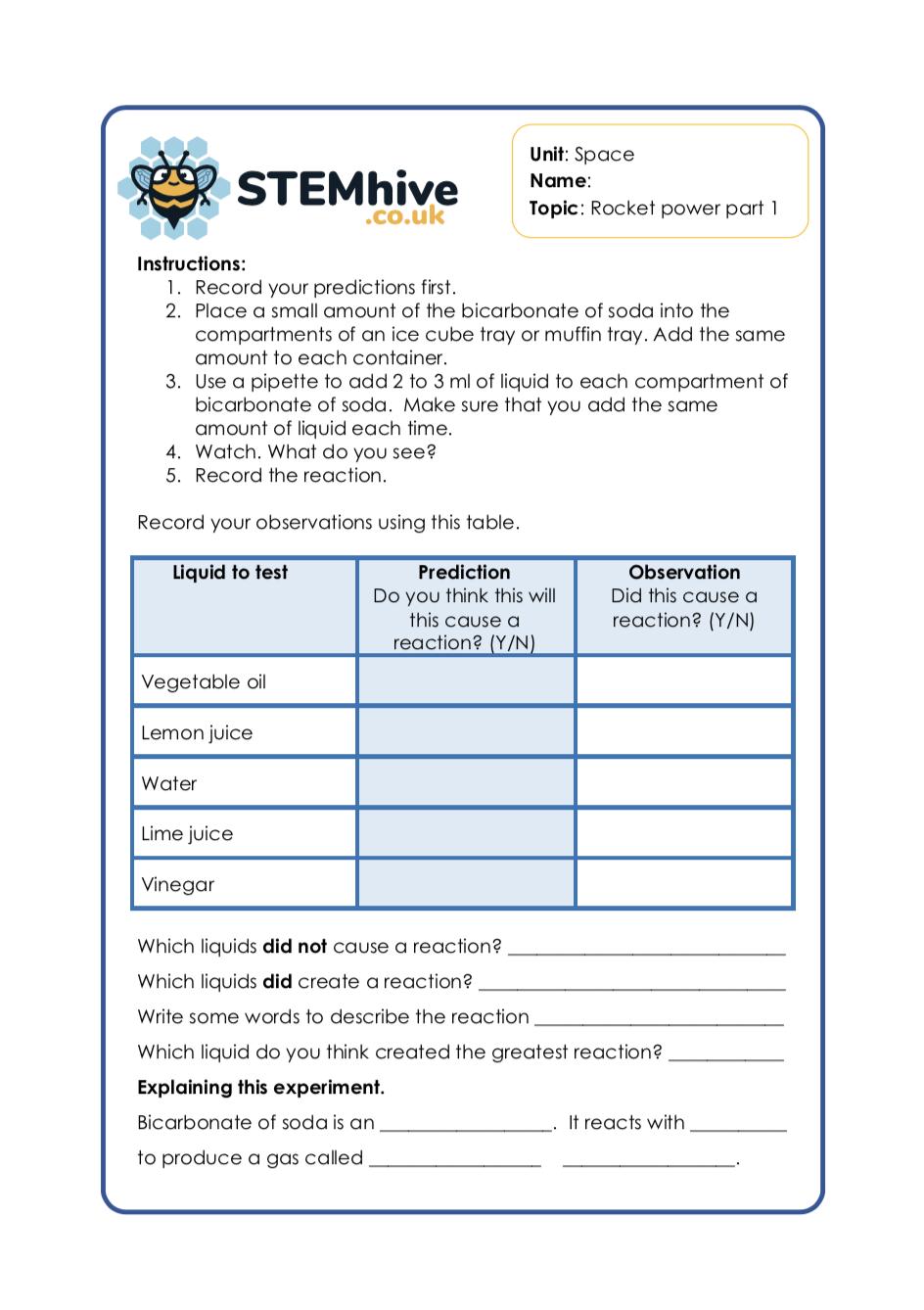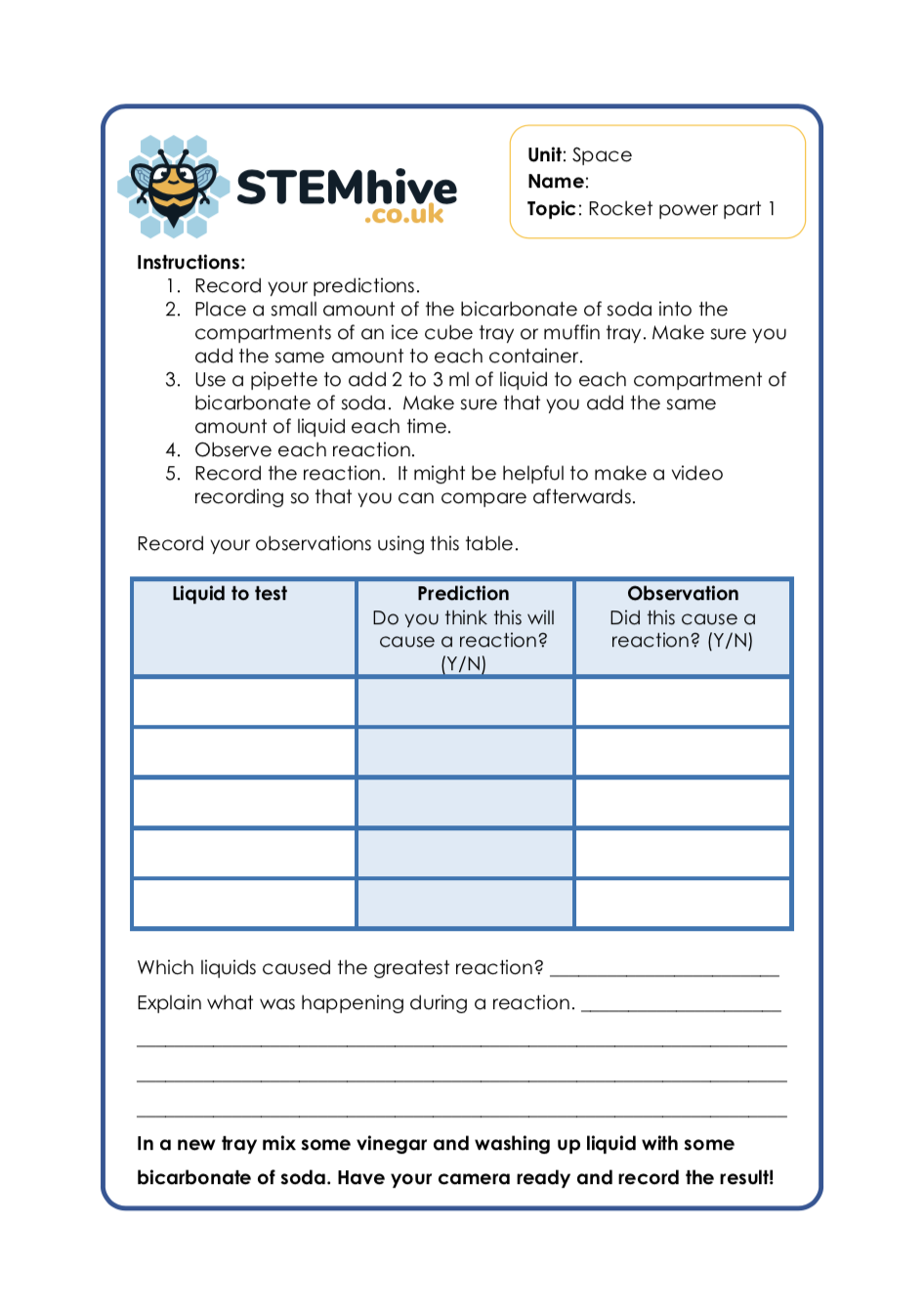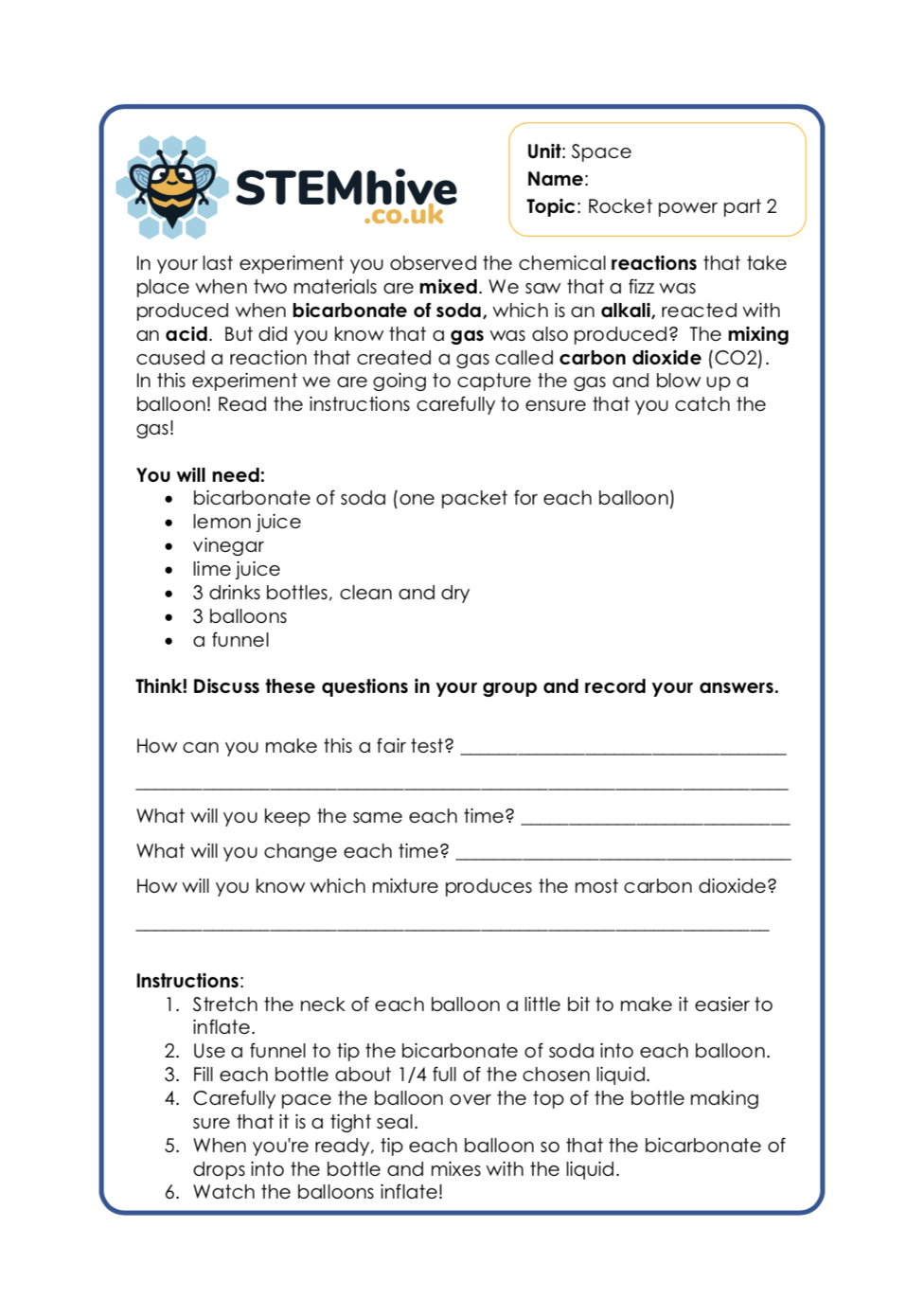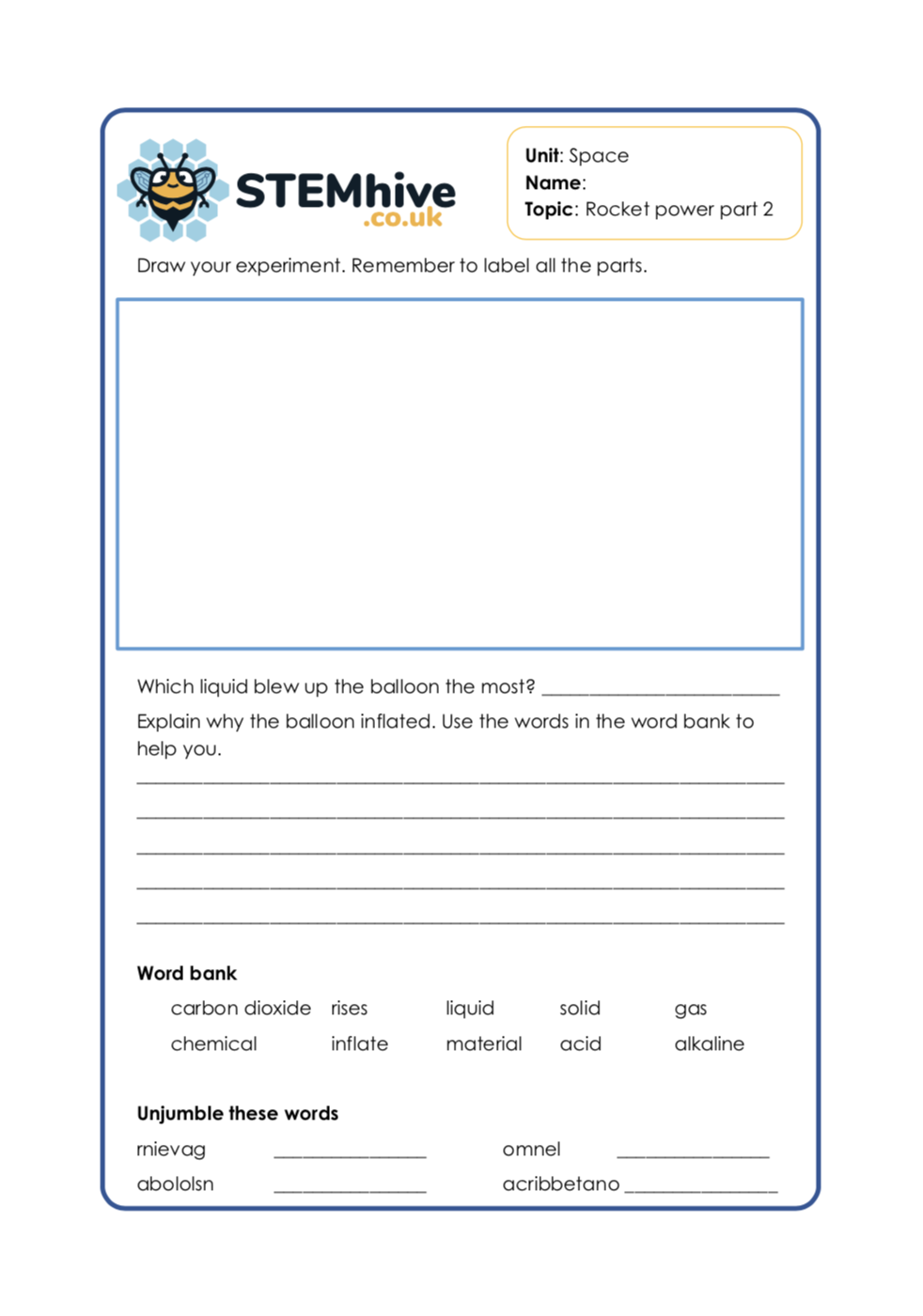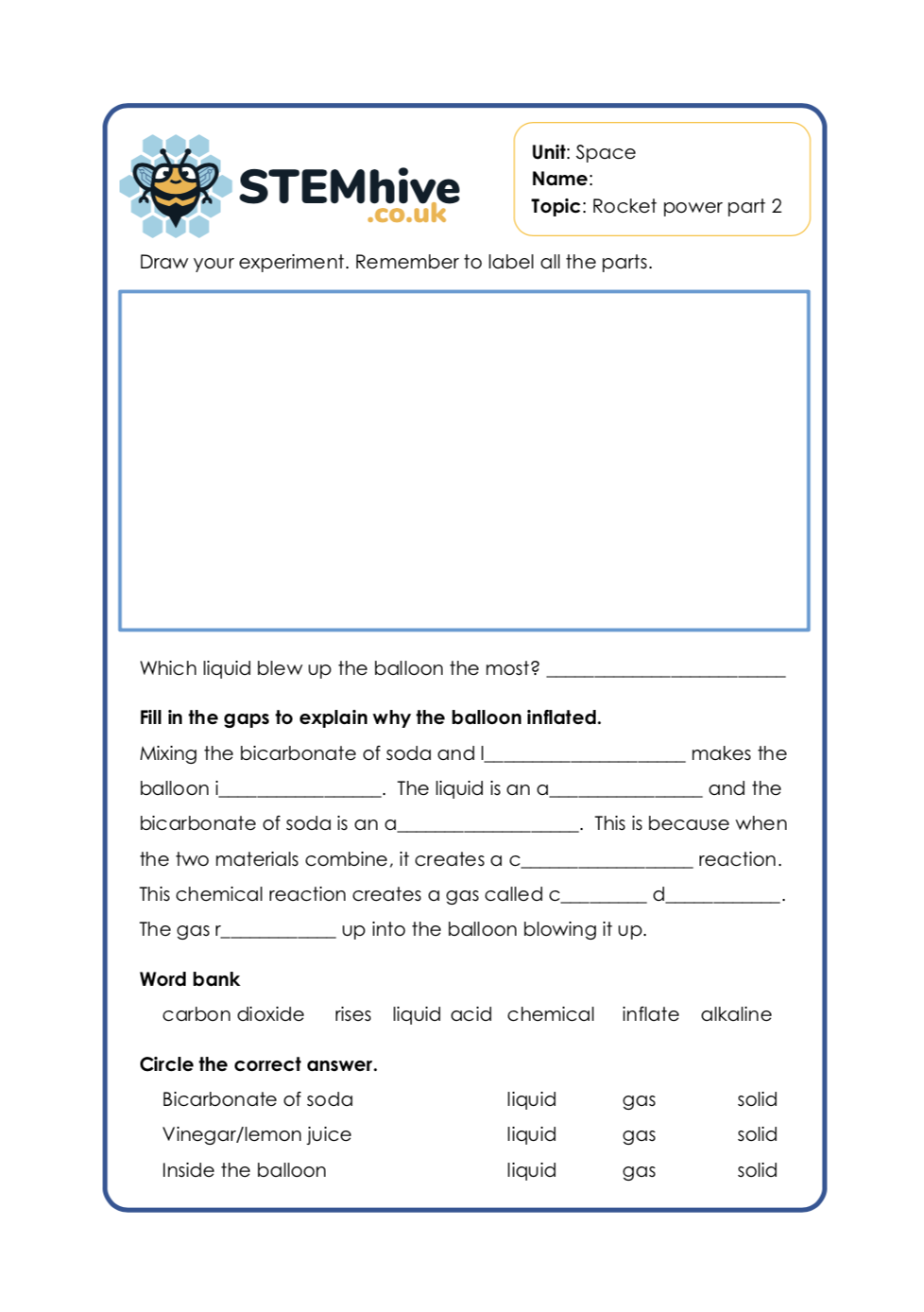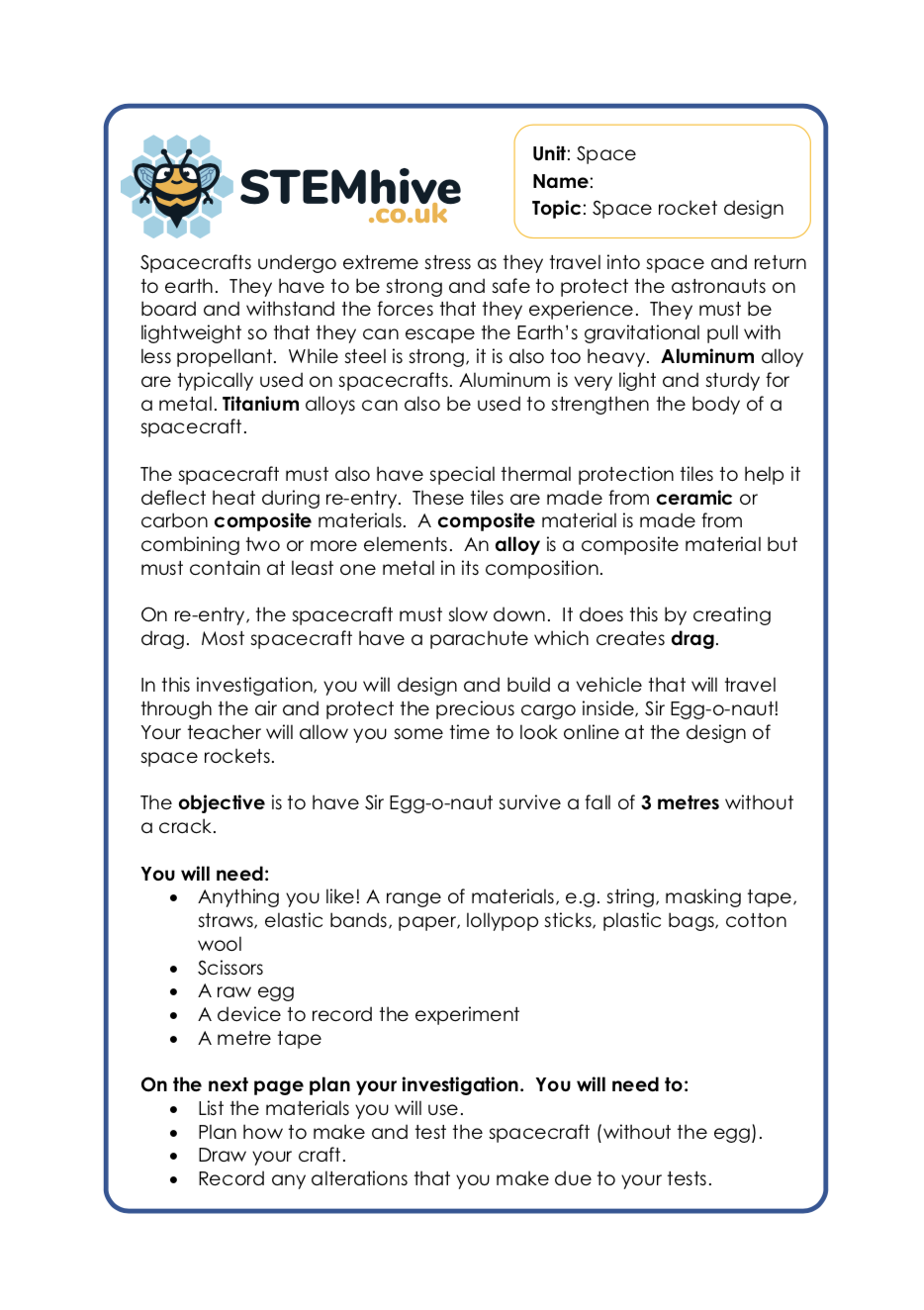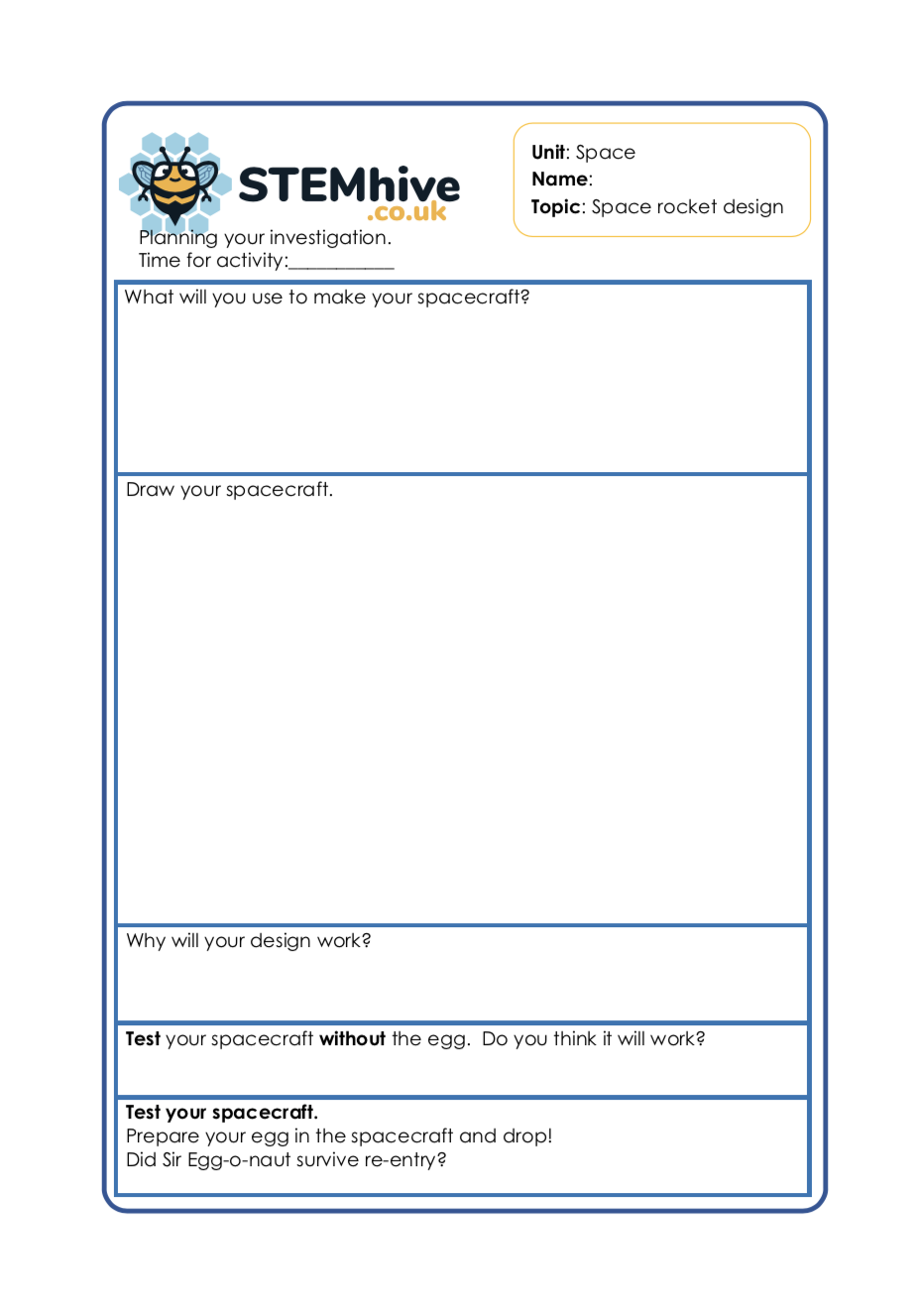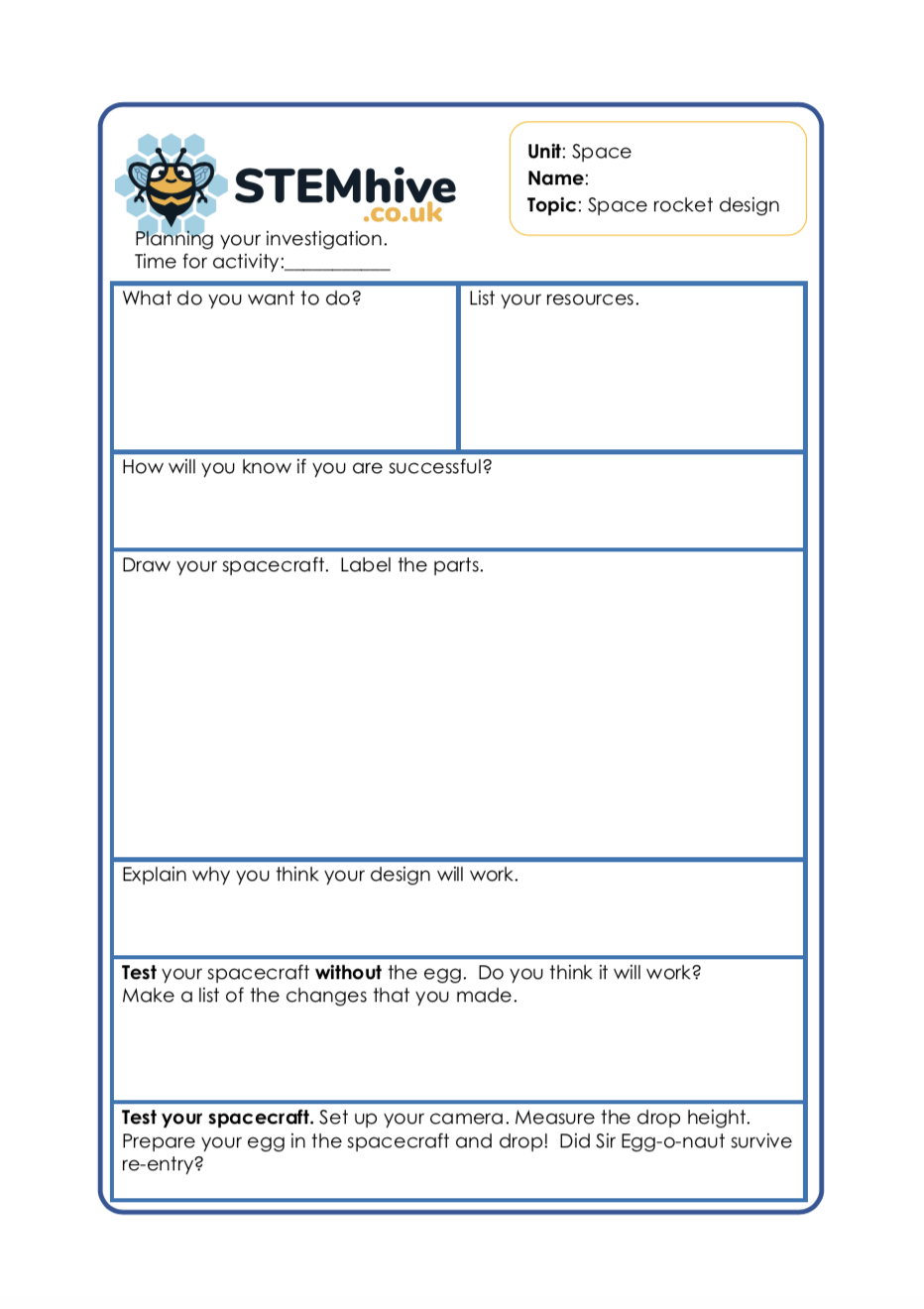Space
One Small Step Short Film
This is a wonderful short animation about a girl who never gave up on her dreams of becoming an astronaut, despite setbacks along the way.
The story is lovely, but has a bit of sadness within it when the father passes away in the middle, so please watch it all a decide if it is right for your class.
Unlock ResourceCoin Operated Short
This is a more laid back short film to introduce the topic. A young boy who dreams of blasting off to the moon, comes across a rocket ride and spends a lifetime saving up to make his dream come true.
Activity
As an introduction to the topic, you should allow your class the freedom to create their own ‘Space Ride’ after watching this. See resource below.
Unlock ResourceMain Focus: Rocket Ride Design
This is a fun way to start the topic of space. After watching the short film Coin Operated, your class will design their own space ride to inspire children into space.
It can be a rocket like shown in the video but it doesn’t have to be. It could be an interactive moon buddy experience, gravity reducing space suit, Virtual Reality Martian mission etc… keep it as open ended and imaginative as possible.
Unlock ResourceMain Focus: Gravity and Time
In this experiment, your KS2 class will make an hourglass that appears to fill backwards, from the bottom to the top! It looks like it defies gravity!
You will need:
- 2 identical plastic bottles
- 3 bottle tops (all should fit the bottles that you are using)
- pva glue
- plasticine or modelling clay
- tape
- a plastic straw
- scissors
- cooking oil
- water
- marbling ink
Main Focus: Lava Lamp Experiment
In this experiment, you’re going to test the interaction between molecules in water, oil, food colouring and in fizzy Alka Seltzer tablets. We will then use our new knowledge about these molecule interactions to make our very own space lava lamps!
You will need:
- Water
- Cooking oil
- Food colouring
- Alka-Seltzer tablets
- Pipettes
- Petri dishes or small plastic trays
Did you know?
All things are made up of very small particles called molecules. Molecules are so small that a single drop of water contains about 10,000,000,000,000,000 water molecules in it!
Unlock ResourceMain Focus: Lava Lamp Experiment - The Science
This Year 5 / Year 6 resource explores the science behind the lava lamp experiment using water and oil.
Your class will be introduced to vocabulary such as: dissolve, polarity, density, molecules, negative, separate carbon dioxide, Alka-Seltzer and more…
Your class will complete the paragraph by adding in the vocabulary and learn the reasons why water and oil don’t mix.
Unlock ResourceMain Focus: Aurora Borealis Art
Your KS2 class will draw their own Aurora Borealis.
You will need:
- Black card or sugar paper
- Chalks or pastel chalks
- Oil pastels
- Pencils
- Rubbers
- Paper tissues
The northern lights (called the aurora borealis) and the southern lights (aurora australis) appear as swirling patterns of greenish-blue light. They swirl in the sky and move unpredictably. They are an interaction of the solar wind and the Earth’s magnetic field. The solar wind consists of tiny, charged particles originating from the sun. When these tiny particles hit the Earth’s atmosphere, they transfer some of their energy to atoms and molecules of gases in the upper atmosphere.
Main Focus: Aurora Borealis - The Northern Lights - Questions and Word Search
After learning about The Northern and Southern Lights in the activity above, your class will now use the information they have learned to answer the comprehension questions in the resource. Once they have answered the questions, they will then complete the word search of key vocabulary and terminology.
Unlock ResourceMain Focus: Space Slime
Magnetic space slime
In this Ks2 experiment you will make a black magnetic space slime that will magically move and dance without you even touching it! It’s worthy of a sci-fi movie!
Before we make the slime, we need to understand what is happening. The slime mixture is made from three key ingredients: iron oxide powder, liquid starch and PVC glue.
Main Focus: Rocket Fuel
This is a brilliant resource that explain how rocket generate thrust to blast off into space.
It is also so cool to show your class how a combustion reaction takes place by mixing hydrogen and oxygen within a balloon and exposing it to a flame.
your class will watch the video clip and then complete the sentences and answer the questions at the bottom about the three individuals who sent rocket into space in 2021, referred to as the ‘Billionaires Space Race’.
Unlock ResourceMain Focus: Rocket Power Part 1
Although we will not be using rocket fuel today, we are going to do a two part experiment to investigate creating a reaction which we then will use to propel a rocket car!
To do this, we will mix bicarbonate of soda with some different liquids and observe if they produce a reaction. Bicarbonate of soda is an alkali. It reacts with acids to produce a gas called carbon dioxide.
Main Focus: Rocket Power Part 2
In the last experiment, your class observed the chemical reactions that take place when two materials are mixed. We saw that a fizz was produced when bicarbonate of soda, which is an alkali, reacted with an acid. But did you know that a gas was also produced?
The mixing caused a reaction that created a gas called carbon dioxide (CO2).
In this experiment we are going to capture the gas and blow up a balloon! Read the instructions carefully to ensure that you catch the gas!
Unlock ResourceMain Focus: Eggship Enterprise
In this investigation, you will design and build a vehicle that will travel through the air and protect the precious cargo inside, Sir Egg-o-naut! Your teacher will allow you some time to look online at the design of space rockets.
The objective is to have Sir Egg-o-naut survive a fall of 3 metres without a crack.

